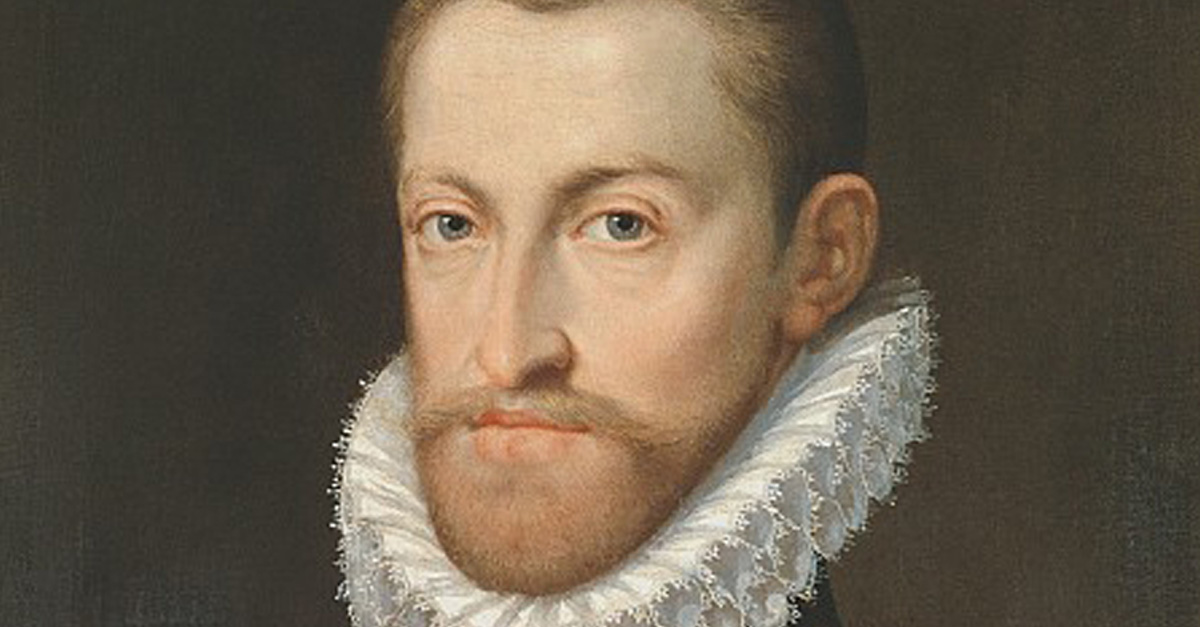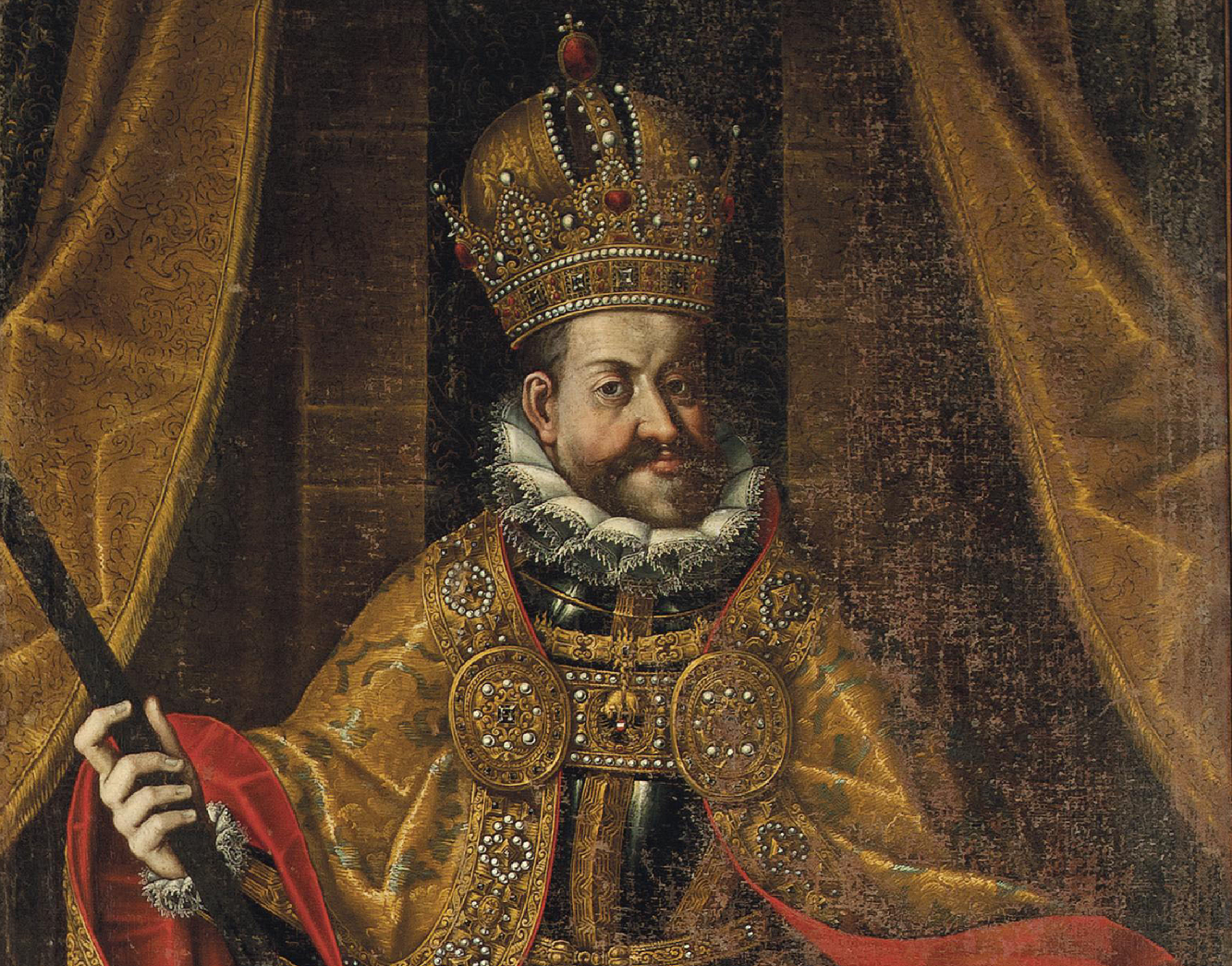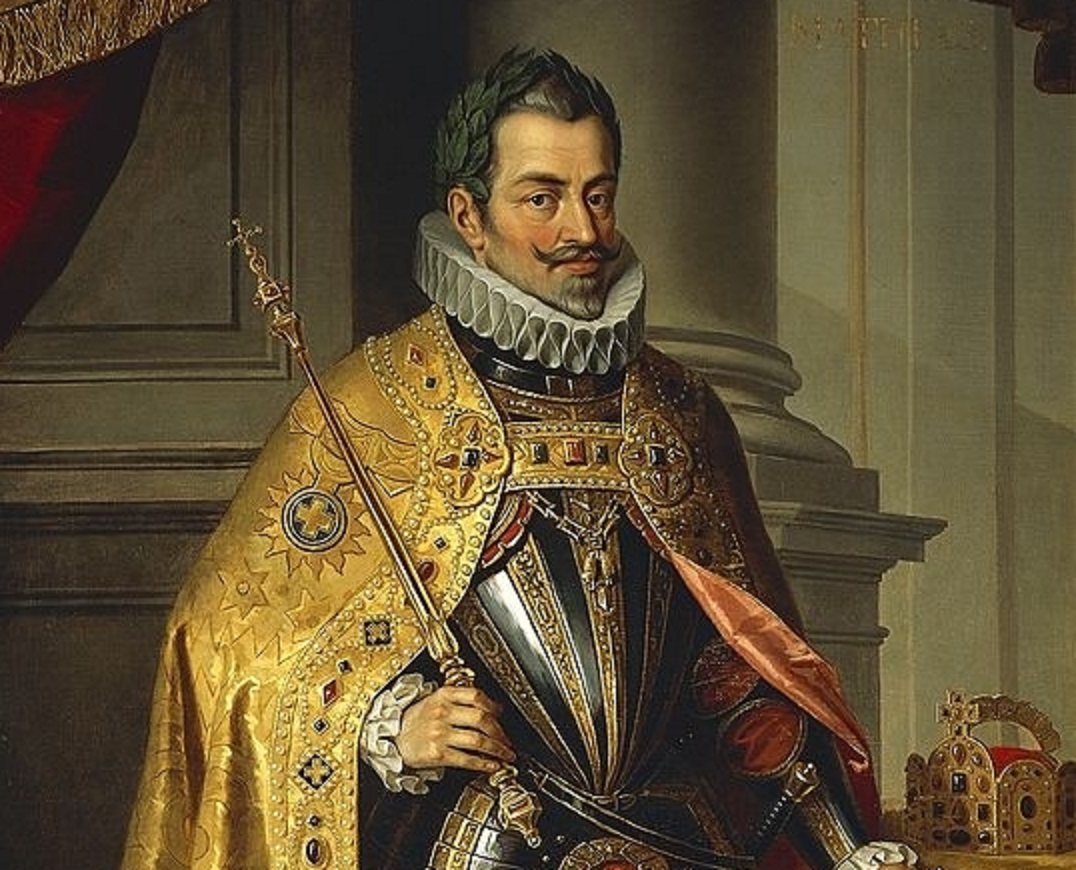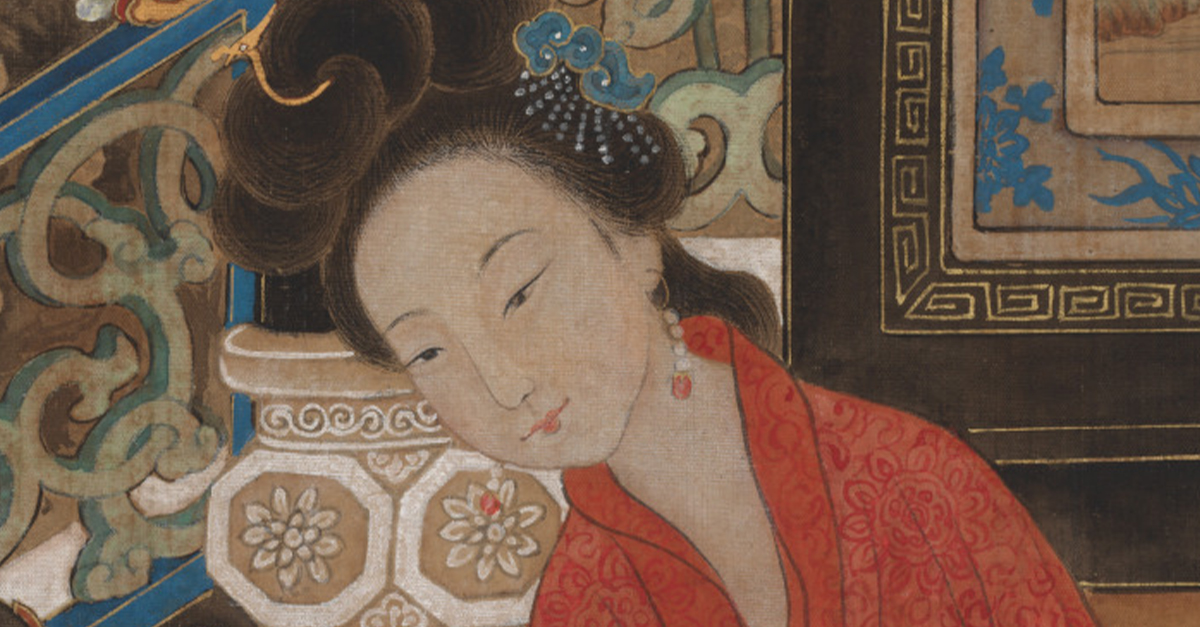The Grotesque Emperor
Rudolf II was the occult Holy Roman Emperor whose “cabinet of curiosities” and art collection has left historians scratching their heads.
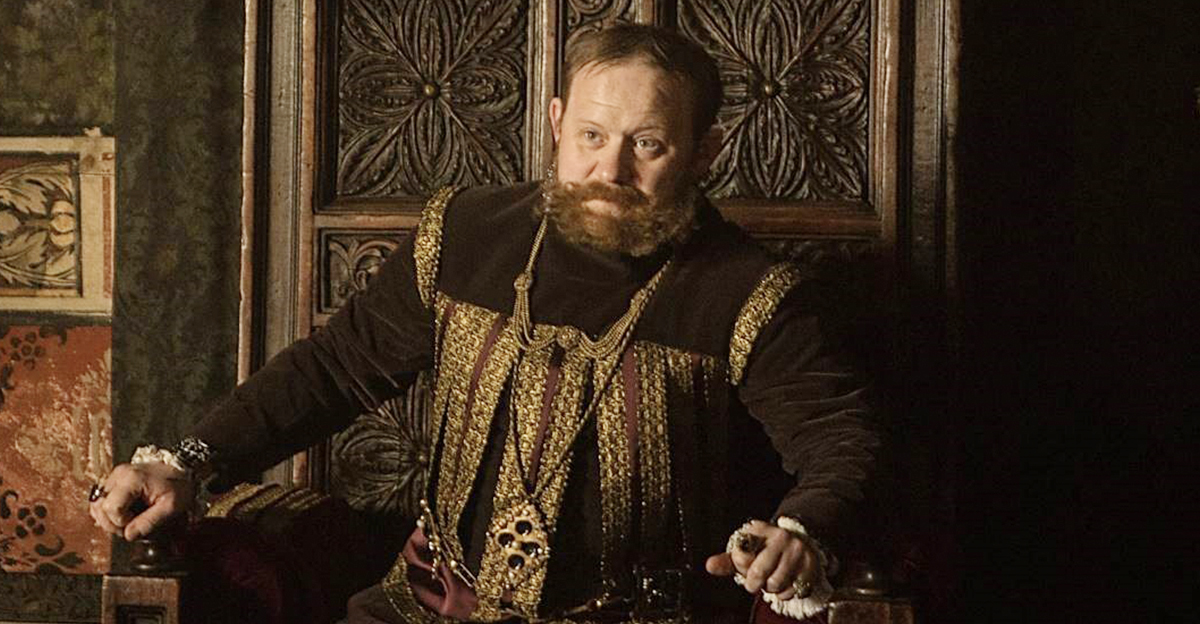
1. He Was An Oddity
Rudolf II was Holy Roman Emperor between the tumultuous years of 1576 to 1612. But he was always more concerned with alchemy than administration and occultism more than order. His reign of terror and treachery ended the only way it could have—with the mad emperor becoming just another oddity, locked up in his macabre “cabinet of curiosities”.
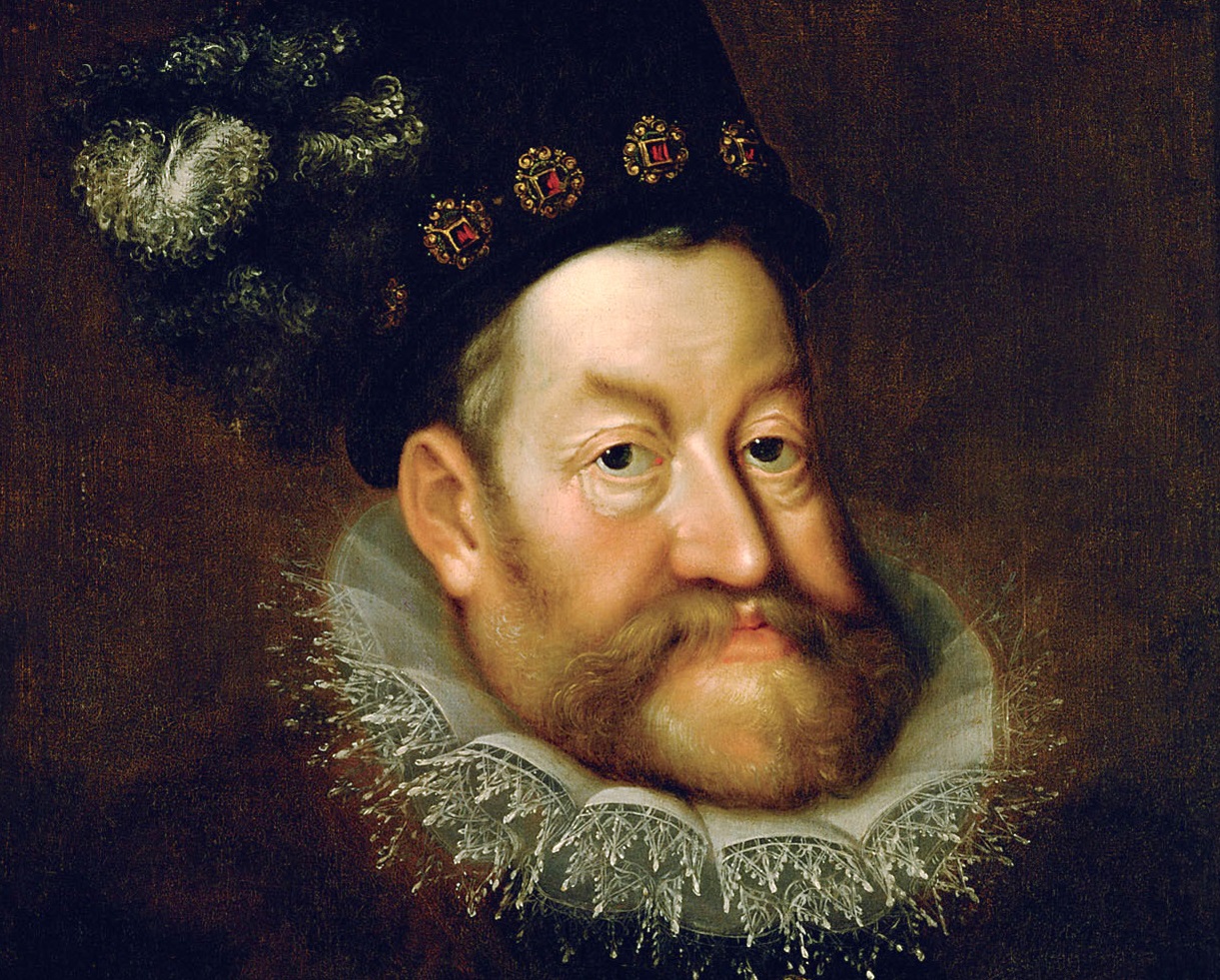 Hans von Aachen, Wikimedia Commons
Hans von Aachen, Wikimedia Commons
2. His Father Did His Best
Rudolf II was born in Vienna, Austria in July 1552, the heir apparent to the Habsburg dynasty. As the Holy Roman Emperor, his father, Maximilian II, worked hard to maintain peace across his empire. Rudolf II, however, had less interest in peace and more interest in potions.
There was just no sign early on, however, how mad he truly was.
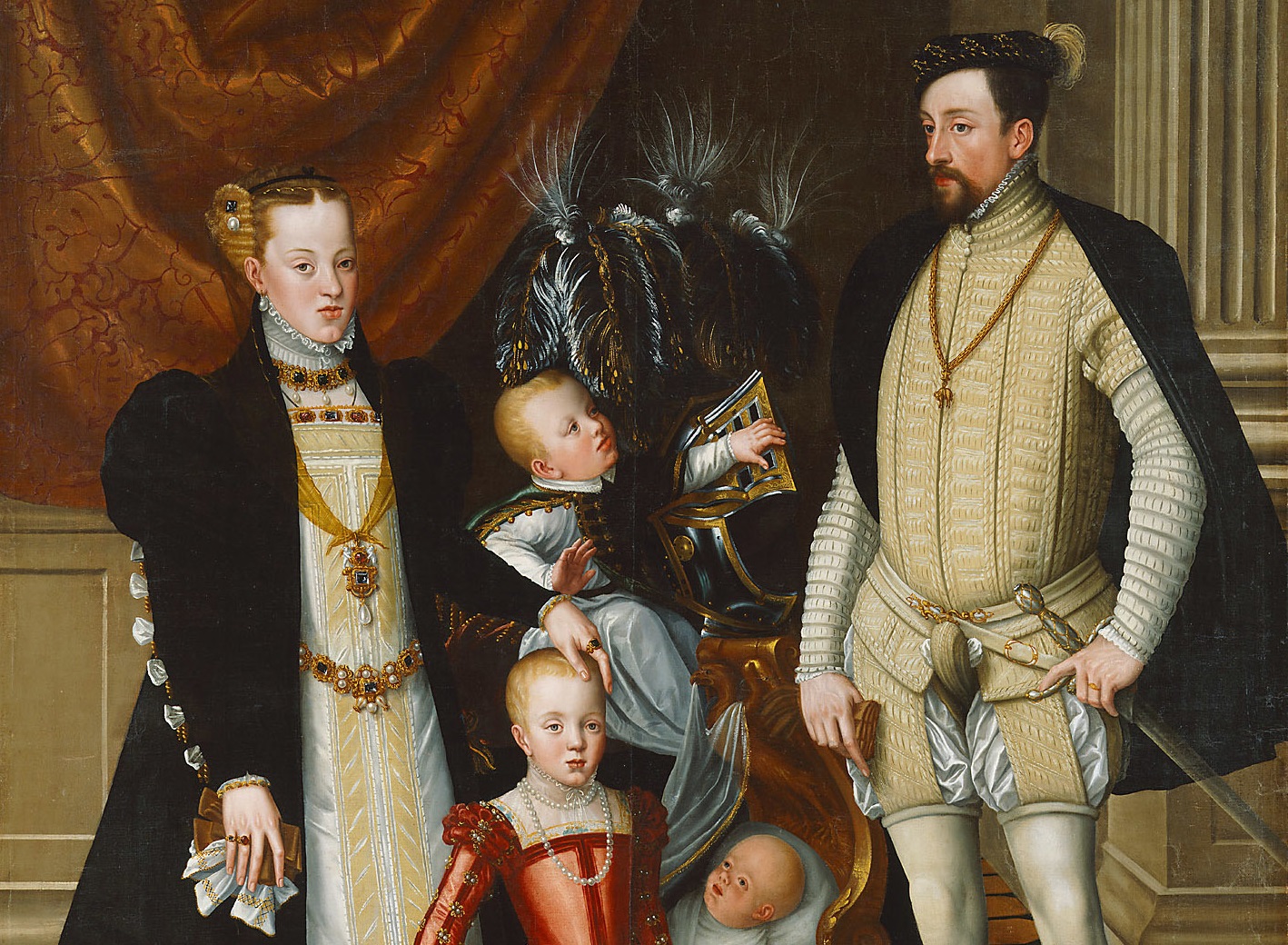 Attributed to Giuseppe Arcimboldo, Wikimedia Commons
Attributed to Giuseppe Arcimboldo, Wikimedia Commons
3. He Was “Aloof And Stiff”
Rudolf II spent his most formative years in the staunchly devout and “conservative” Spanish court of King Philip II, his mother’s brother. While there, he developed an “aloof and stiff” disposition that frightened his more liberal and relaxed father. His mother, however, praised his “courtliness and refinement”. The tensions within his family proved fatal.
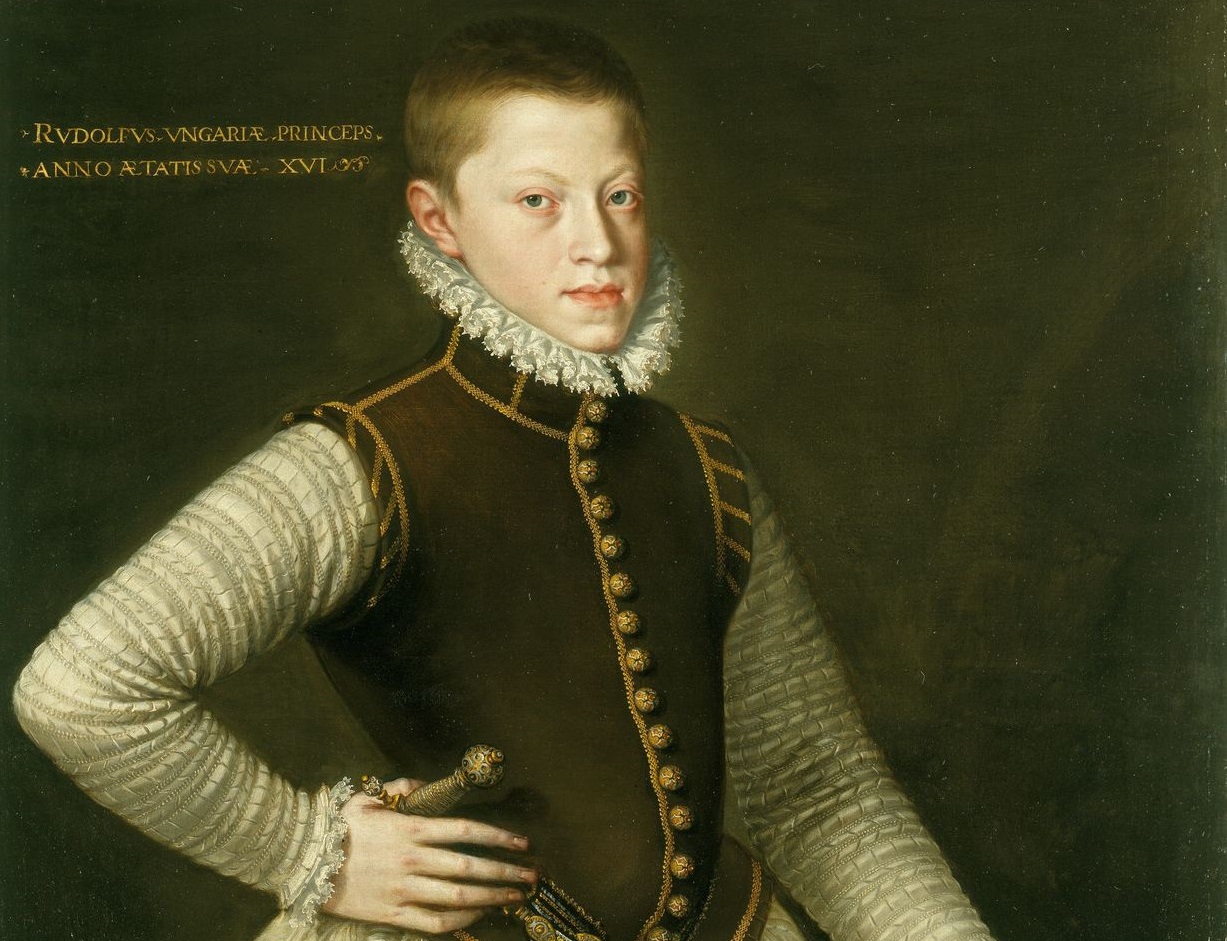 Alonso Sánchez Coello, Wikimedia Commons
Alonso Sánchez Coello, Wikimedia Commons
4. He Was Not Right In The Head
By all accounts, Rudolf II was a “bright” boy—but his family’s curse lived in his veins. Decades of inbreeding resulted in severe mental illnesses among the Habsburgs, and Rudolf II was no exception. Throughout his life, he suffered from drastic bouts of melancholy, schizophrenia, and paranoia. There are, however, other theories about the origins of his madness.
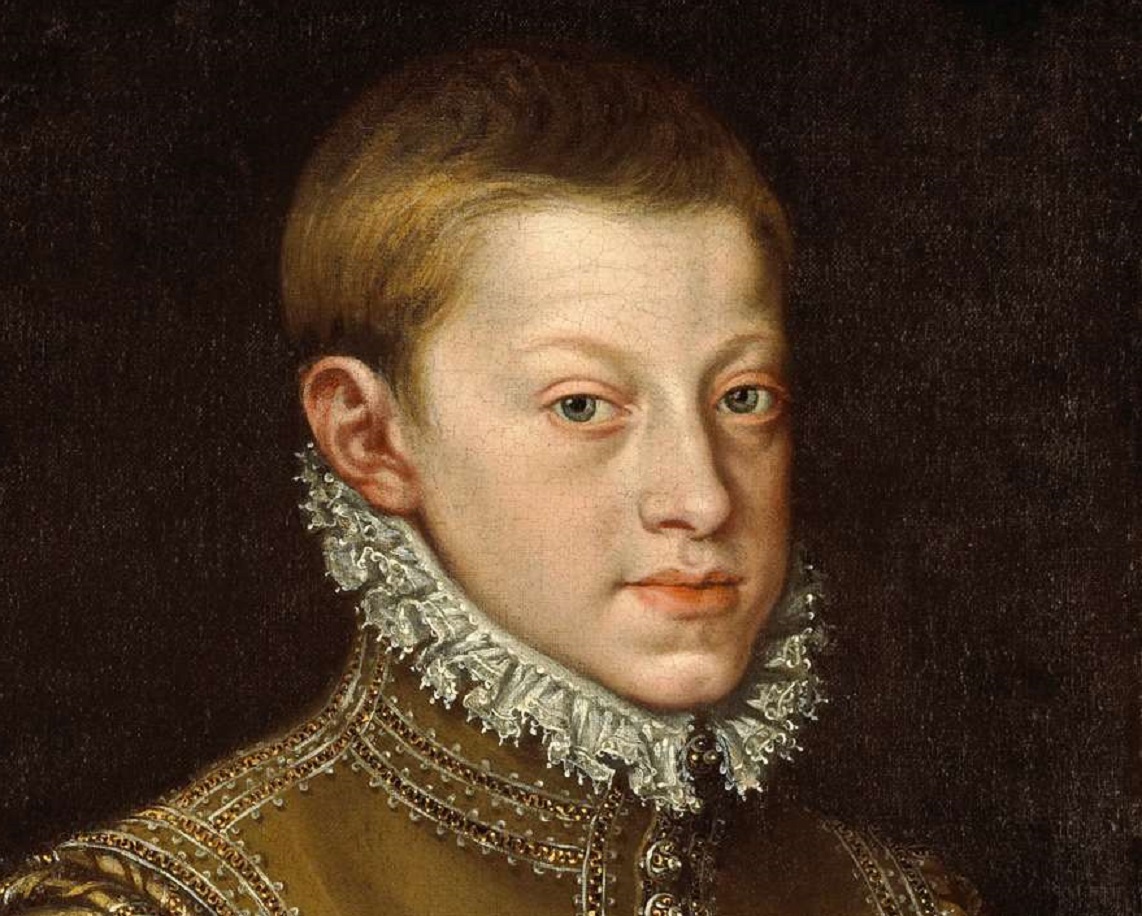 Alonso Sánchez Coello, Wikimedia Commons
Alonso Sánchez Coello, Wikimedia Commons
5. He Was Possessed
Rudolf II’s frequent bouts of melancholy and wild mood swings had everyone scratching their heads. Royal courts throughout Europe had become accustomed to some degree of madness from Habsburg rulers but Rudolf II’s peculiar mental illness was different.
His depressive episodes were so severe that some speculated he was possessed by a demon.
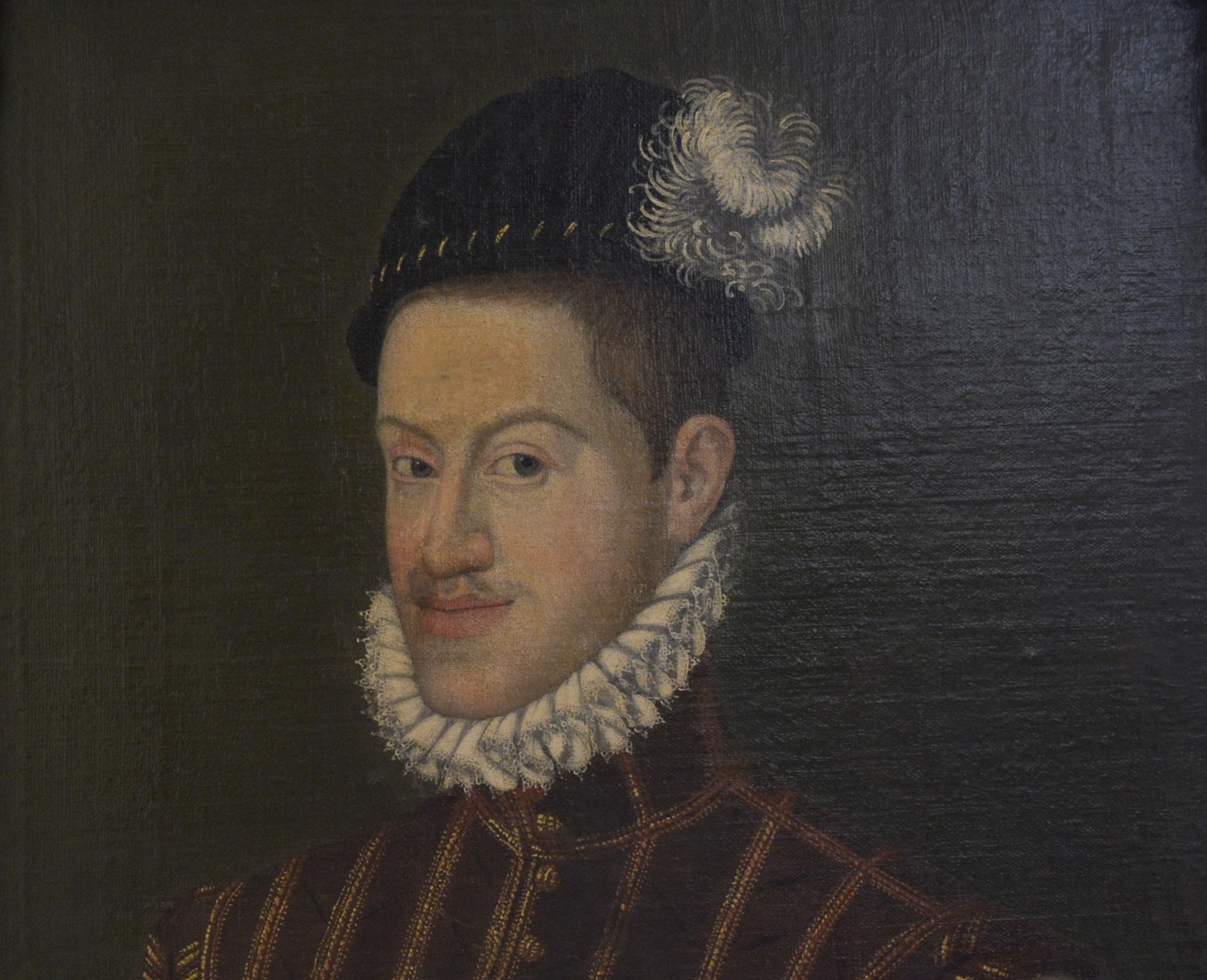 Richard Mortel, CC BY 2.0, Wikimedia Commons
Richard Mortel, CC BY 2.0, Wikimedia Commons
6. He Started His Collection Early
Upon his return to Vienna from the Spanish court, Rudolf II began to accumulate power and wealth. As Emperor, Rudolf II’s father made him King of Hungary, King of Bohemia, and King of the Romans. According to most sources, however, Rudolf II had little interest in amassing anything other than rare and obscure curiosities from around the world.
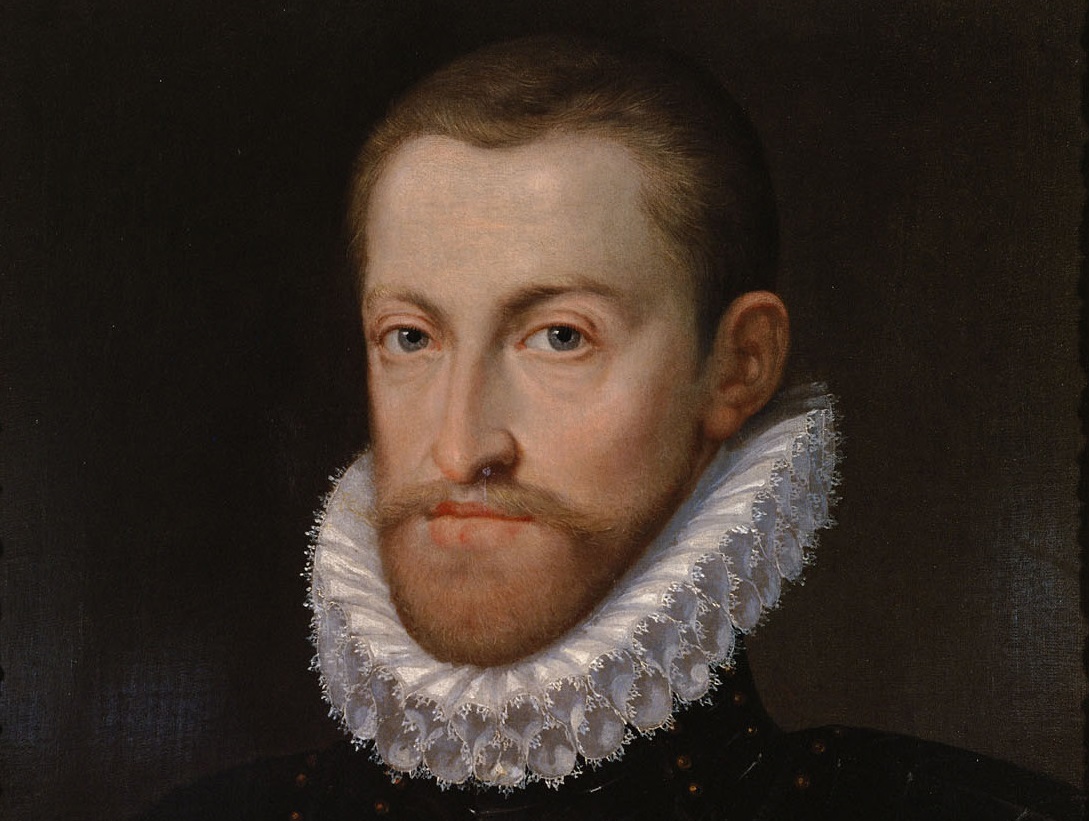 Martino Rota, Wikimedia Commons
Martino Rota, Wikimedia Commons
7. He Was “Secretive”
Throughout his reign, Rudolf II gained massive notoriety throughout Europe—even if it was for all of the wrong reasons. While the other kings and queens tried to project power and stability, Rudolf II was infamously “reserved, secretive, and largely a recluse”. His prickly disposition made it hard for anyone to love him.
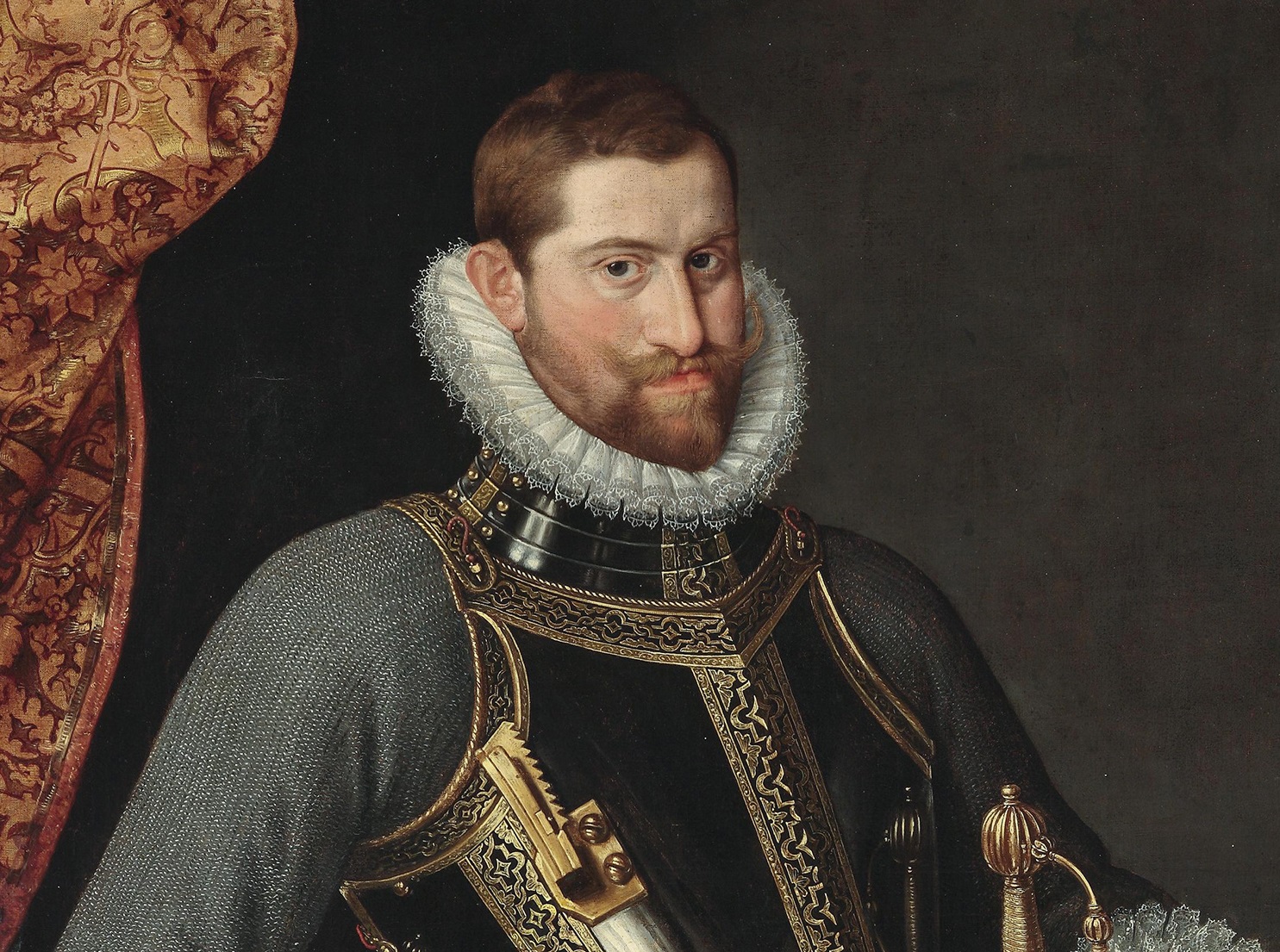 Martino Rota, Wikimedia Commons
Martino Rota, Wikimedia Commons
8. He Was Europe’s Most Eligible Bachelor
As the next Holy Roman Emperor, Rudolf II could have chosen just about any princess in Europe. From the sounds of it, he even leaned into his status as Europe’s most eligible bachelor. According to our sources, whenever Rudolf II bothered to step out of his room, he entertained marriage proposals from all over Europe. He had, however, already found his match.
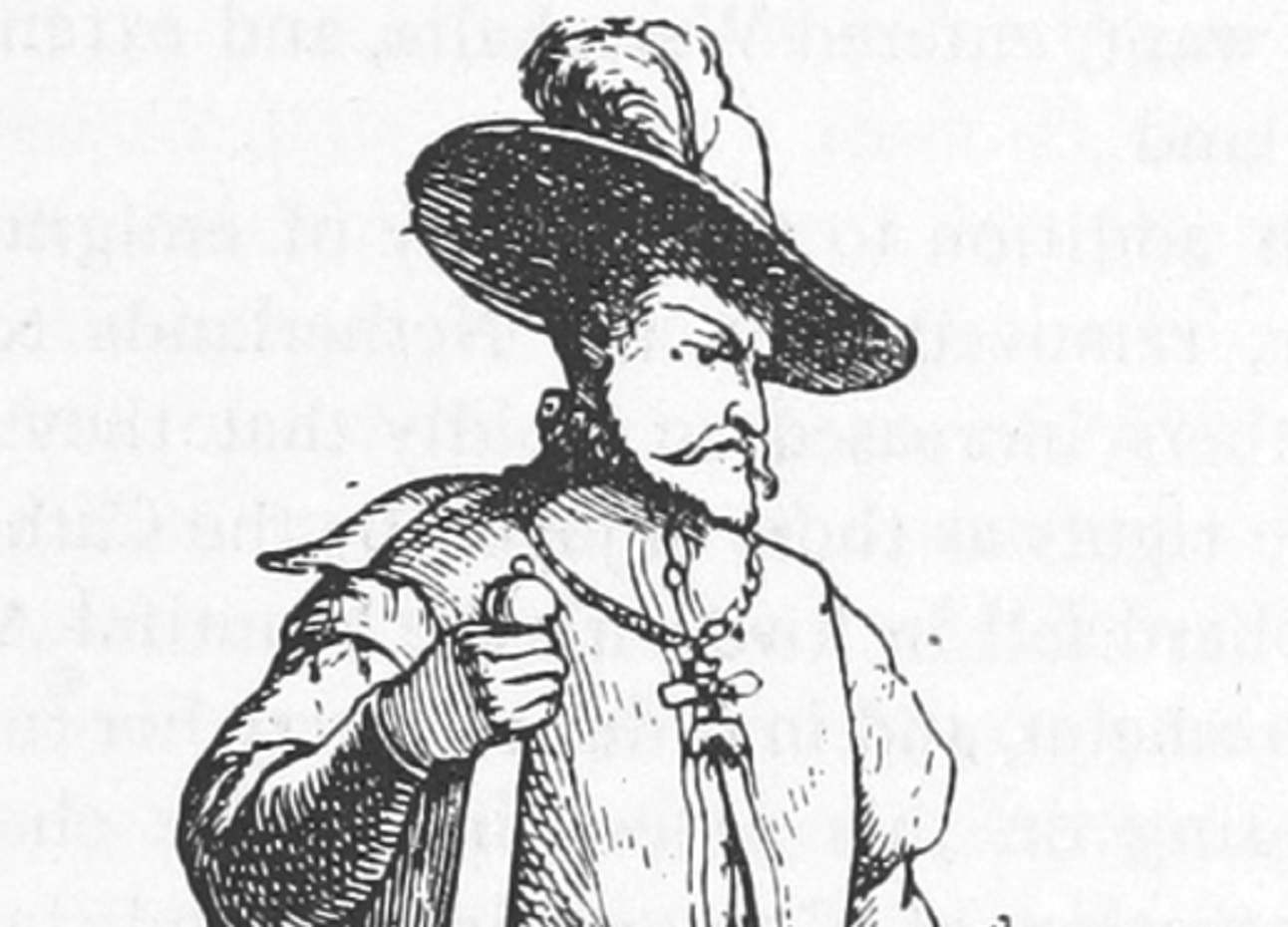 Unknown Author, Wikimedia Commons
Unknown Author, Wikimedia Commons

History's most fascinating stories and darkest secrets, delivered to your inbox daily.
9. He Found Lots Of Love
Much to everyone’s dismay, Rudolf II never actually married and had a legitimate heir. But that’s not to say that he hadn’t found love—and lots of it. If we are to believe the (well-established) rumors, then Rudolf II wasn’t just mixing alchemic potions in his bedroom—he was bumping uglies with anyone who ventured in.
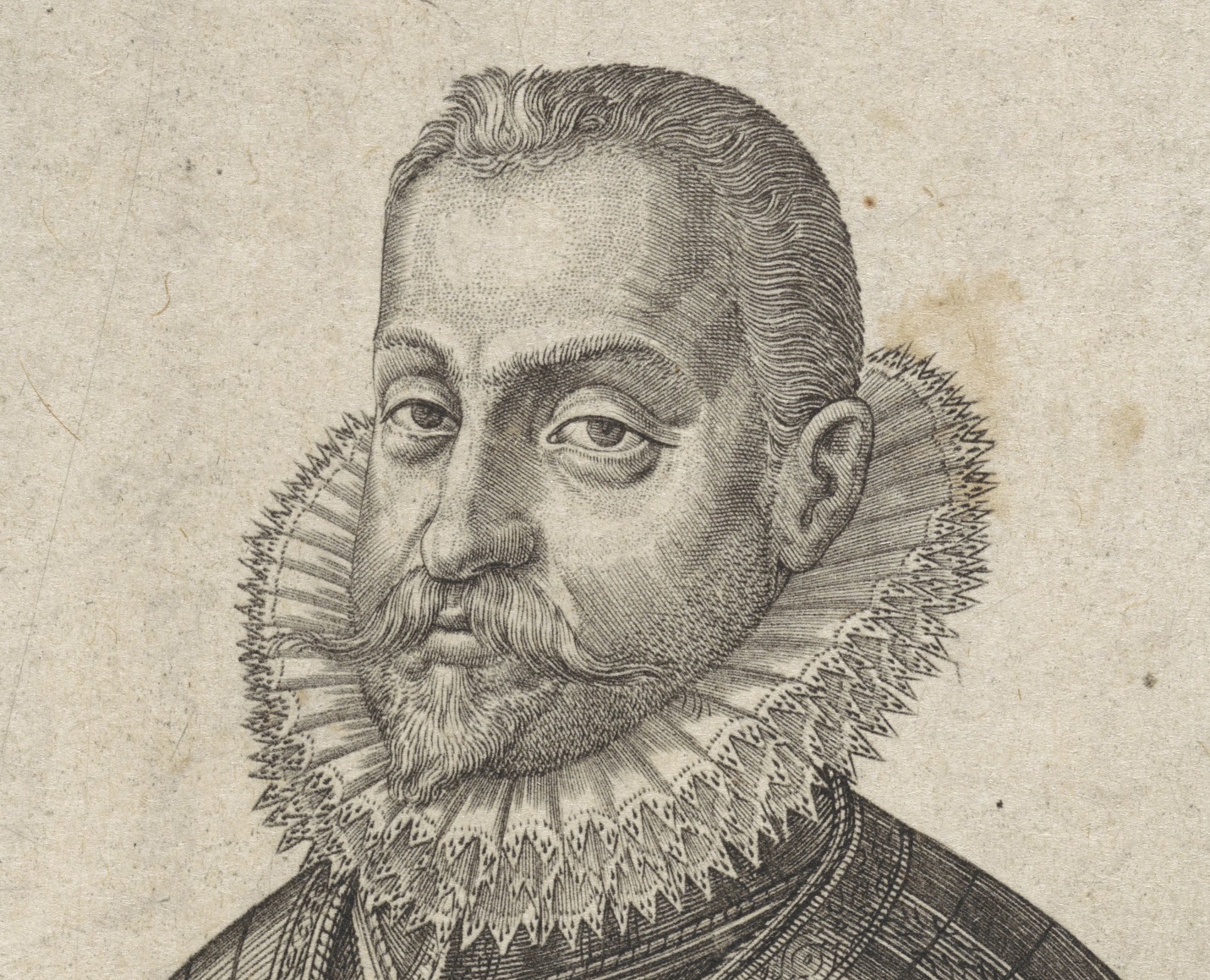 Rijksmuseum, Wikimedia Commons
Rijksmuseum, Wikimedia Commons
10. He Had An Affair With His Obersthofmeister
Whenever Rudolf II went into one of his reclusive episodes, he ran straight into the arms of his Obersthofmesiter (a.k.a. his chief of staff). The Holy Roman Emperor carried on a most unholy affair with Wolfgang Siegmund Rumpf vom Wullroß.
The affair lasted many years and caused a scandal at court—but it was just the tip of the iceberg.
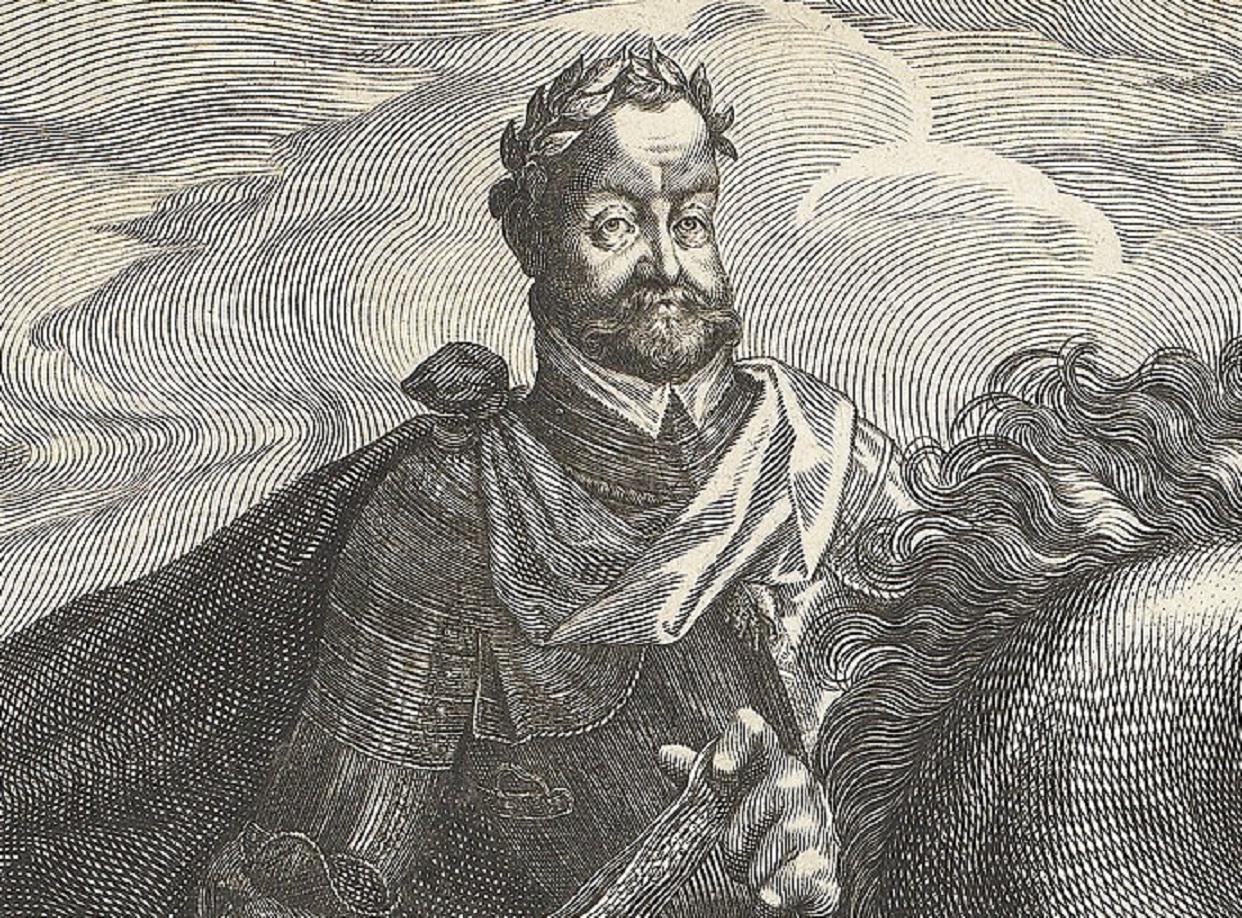 Rijksmuseum, Wikimedia Commons
Rijksmuseum, Wikimedia Commons
11. He Tipped His Valets
Rudolf II rarely preoccupied himself with matters of state. Nevertheless, he had his imperial staff working over time. In addition to his long-running affair with his Obersthormeister, sources claimed the mad Emperor also dabbled in the occasional romp in the sack with his male valets. Apparently, he liked anything that moved.
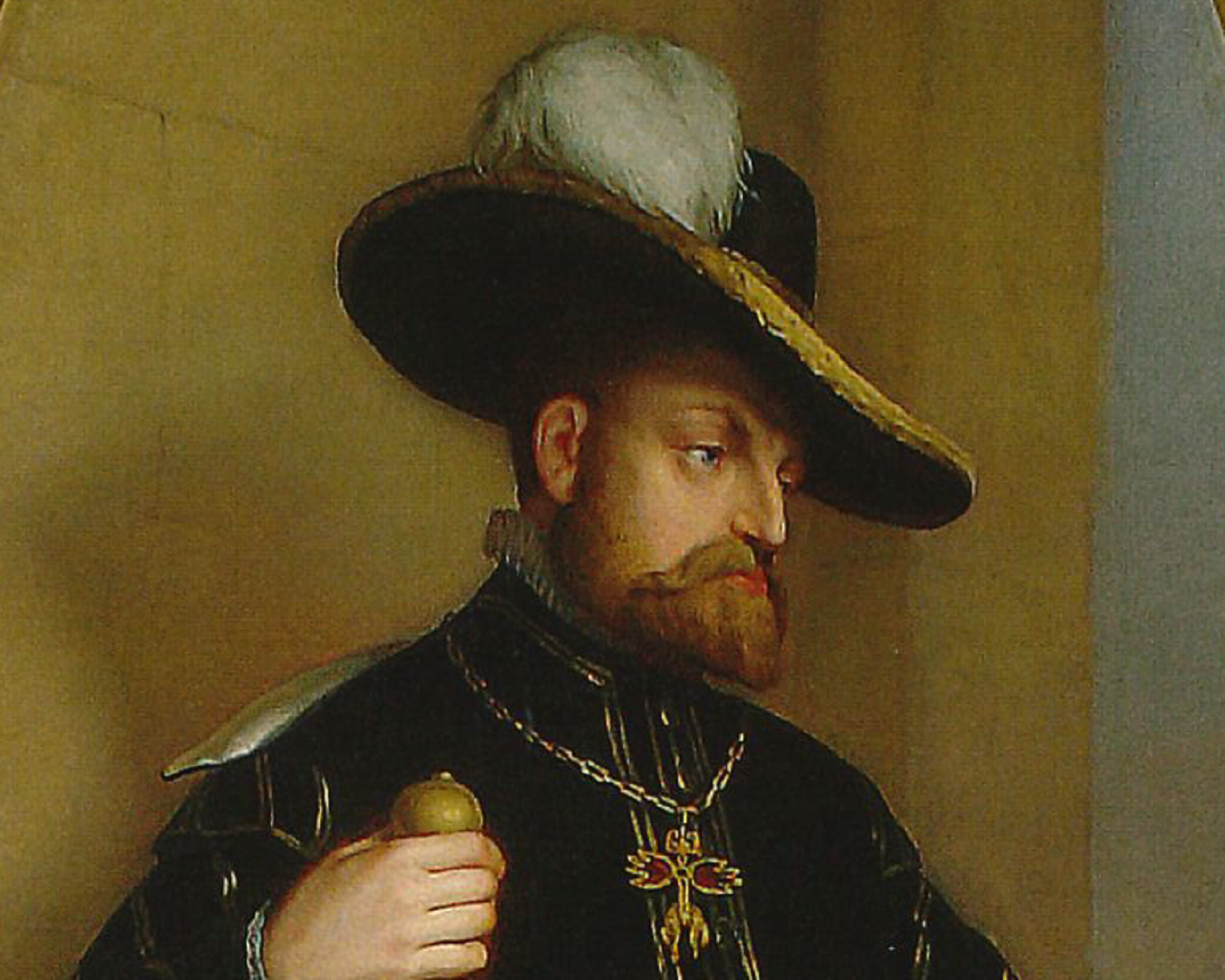 Carl Johann Nepomuk Hemerlein, Wikimedia Commons
Carl Johann Nepomuk Hemerlein, Wikimedia Commons
12. He Had Many Lovers
As any good alchemist and occultist knows, the key to a successful potion is diversity. Suffice to say, Rudolf II had a very diverse romantic life. When he wasn’t lying in bed with his Obersthofmeister or a random valet, he sought the affections of women. Many, many women. So many, in fact, that he greatly diversified the Habsburg line.
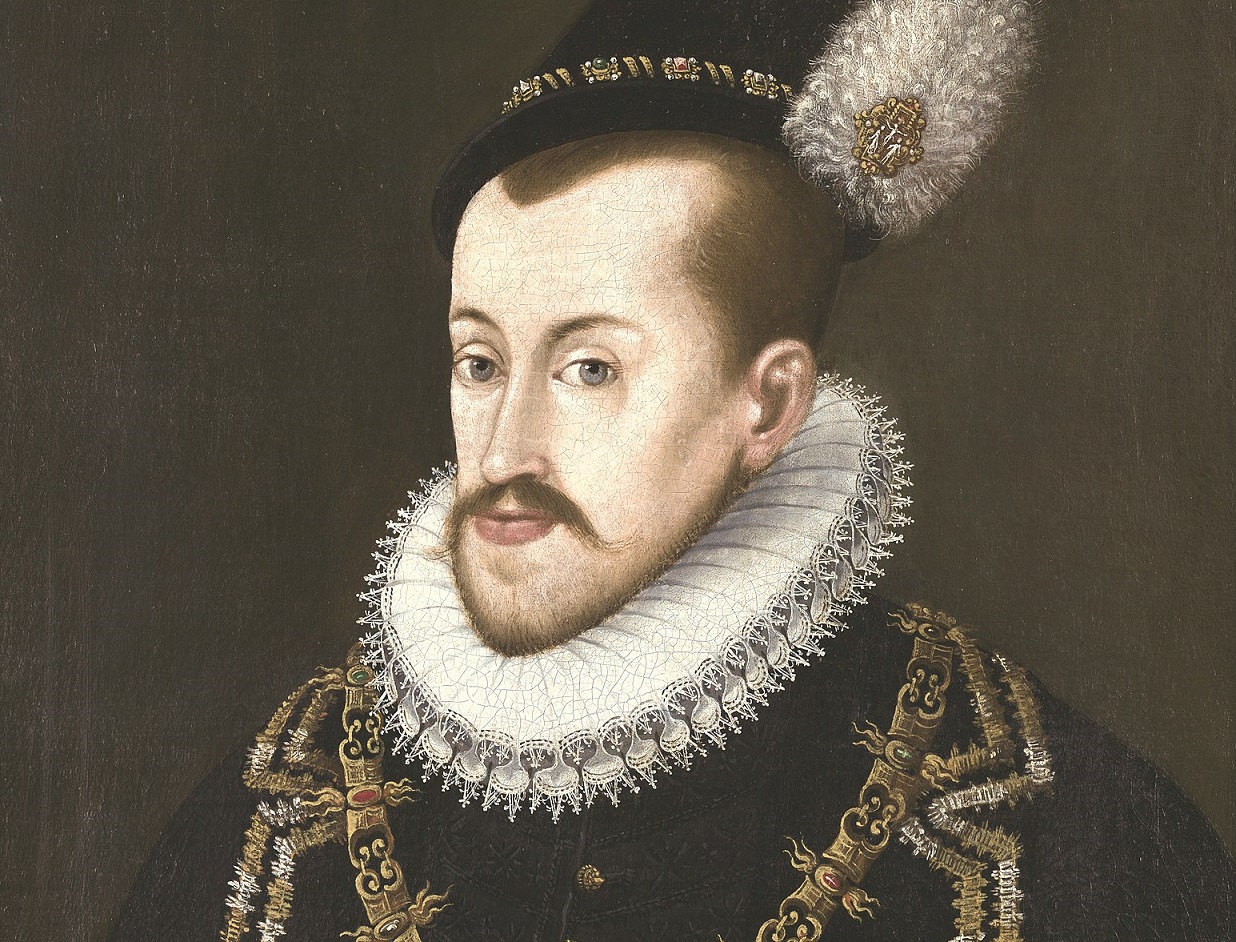 Unknown Author, Wikimedia Commons
Unknown Author, Wikimedia Commons
13. He Had Multiple Children
Even behind his tightly closed bedroom doors, Rudolf II still managed to cause scandals across Europe. Some of the numerous women with whom he performed carnal “rituals” came forward claiming that he had impregnated them. For the most part, Rudolf II dismissed these claims, but he couldn’t deny all of his children. Especially not the bad ones.
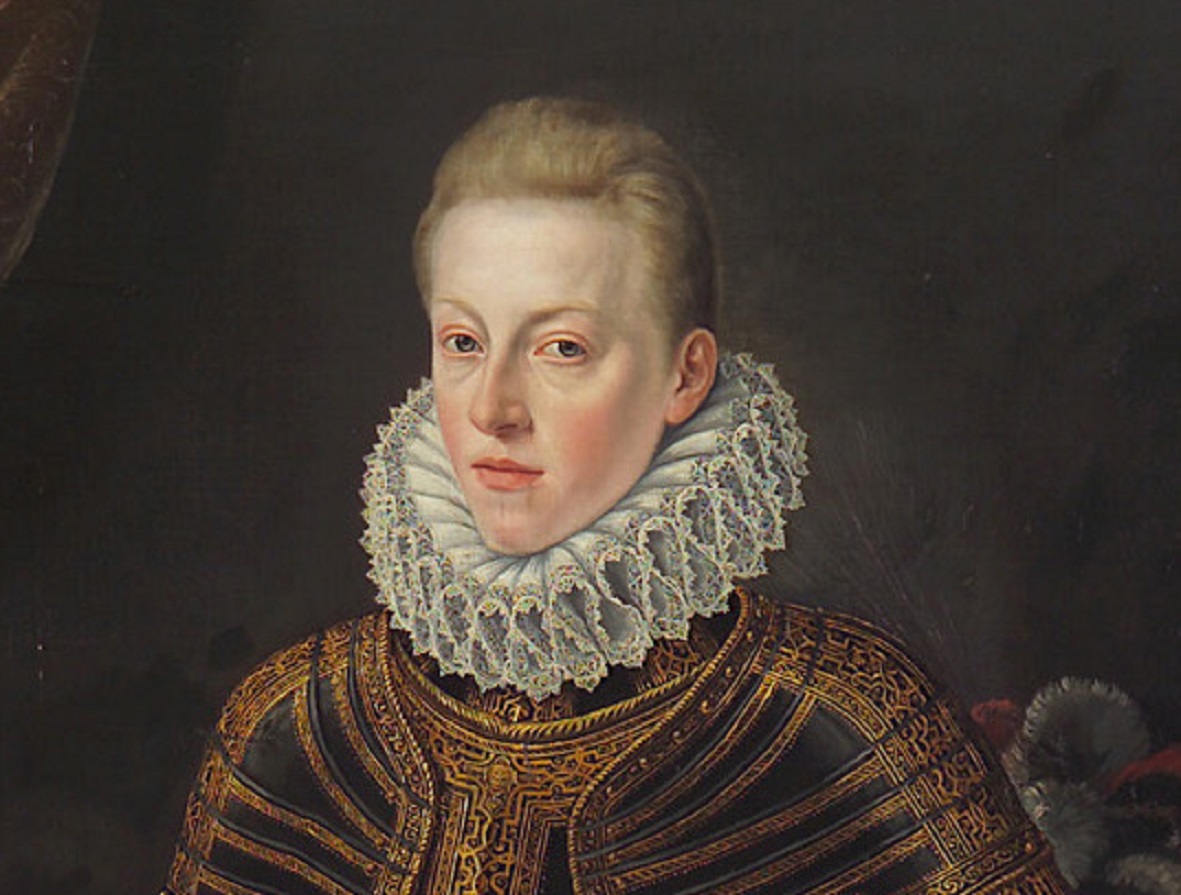 Lucas van Valckenborch, Wikimedia Commons
Lucas van Valckenborch, Wikimedia Commons
14. His Mistress Gave Him Six Kids
The closest relationship that Rudolf II ever had to a marriage was with his mistress, Catherina Strada. Her contemporaries describe her as “bright and attentive” and she had been Rudolf II’s mistress since the time she was 15. She managed to give him six children in all, the eldest of whom was Don Julius Caesar d'Austria. A nightmare brat if there ever was one.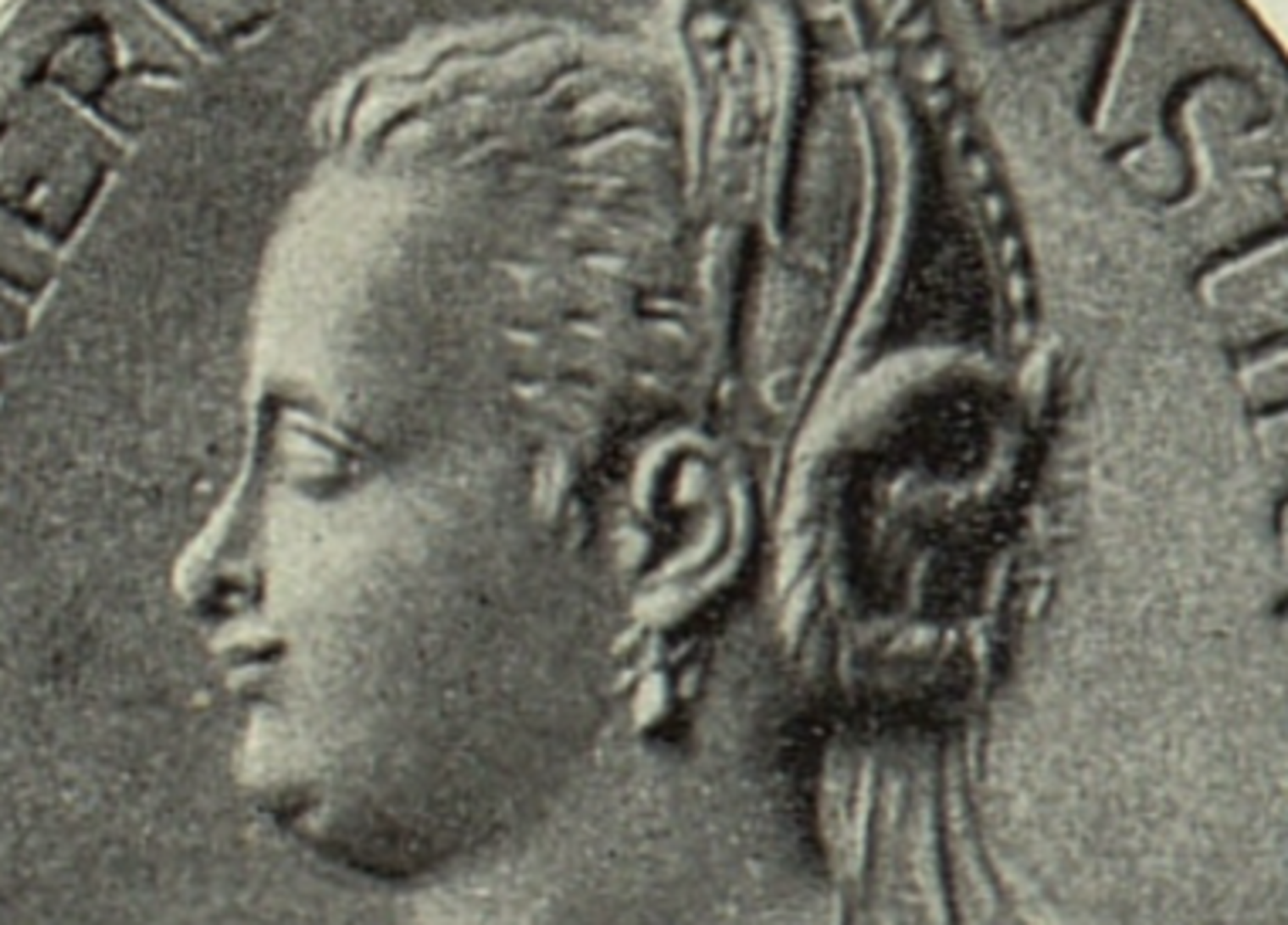 Paulus van Vianen, CC BY-SA 4.0, Wikimedia Commons
Paulus van Vianen, CC BY-SA 4.0, Wikimedia Commons
15. His Son Was Pure Evil
Without a legitimate heir, Rudolf II put most of his hopes in his eldest son, Don Julius. He made sure that the boy received a proper education and all of the training needed to, one day, become emperor himself. Clearly, however, all of that preparation had been for nothing.
Much like his father, Don Julius, suffered from the Habsburg curse of mental illness—but Rudolf had more pressing matters for now.
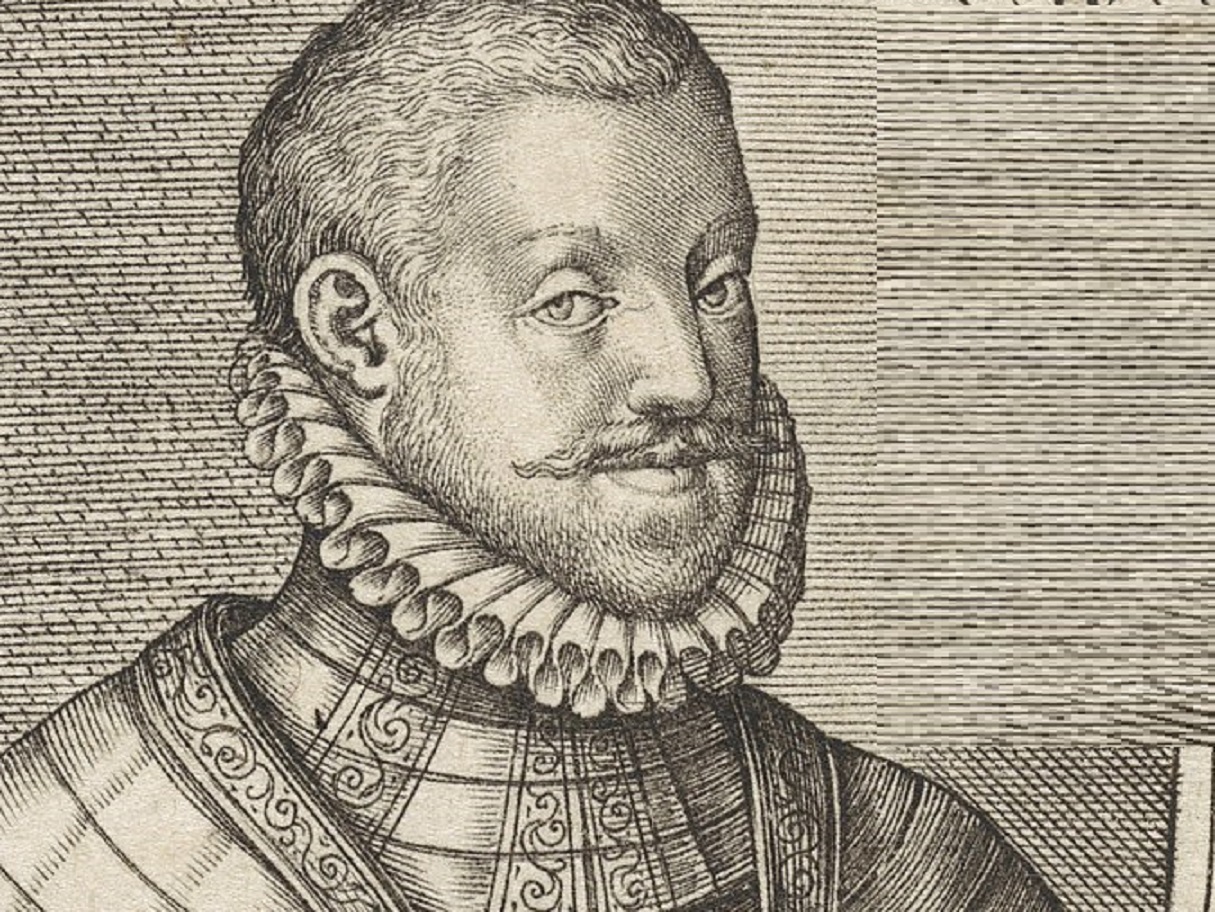 Rijksmuseum, Wikimedia Commons
Rijksmuseum, Wikimedia Commons
16. He Made A Big Move
During his reign as Holy Roman Emperor, Christianity was split between Catholics and Protestants. Rudolf II had little—if any—interest in sorting out these political matters. He just wanted to submerge himself into the occult. However, he couldn’t very well do that with his meddling younger brother and Spanish relatives around, so he moved his capital from Vienna to Prague.
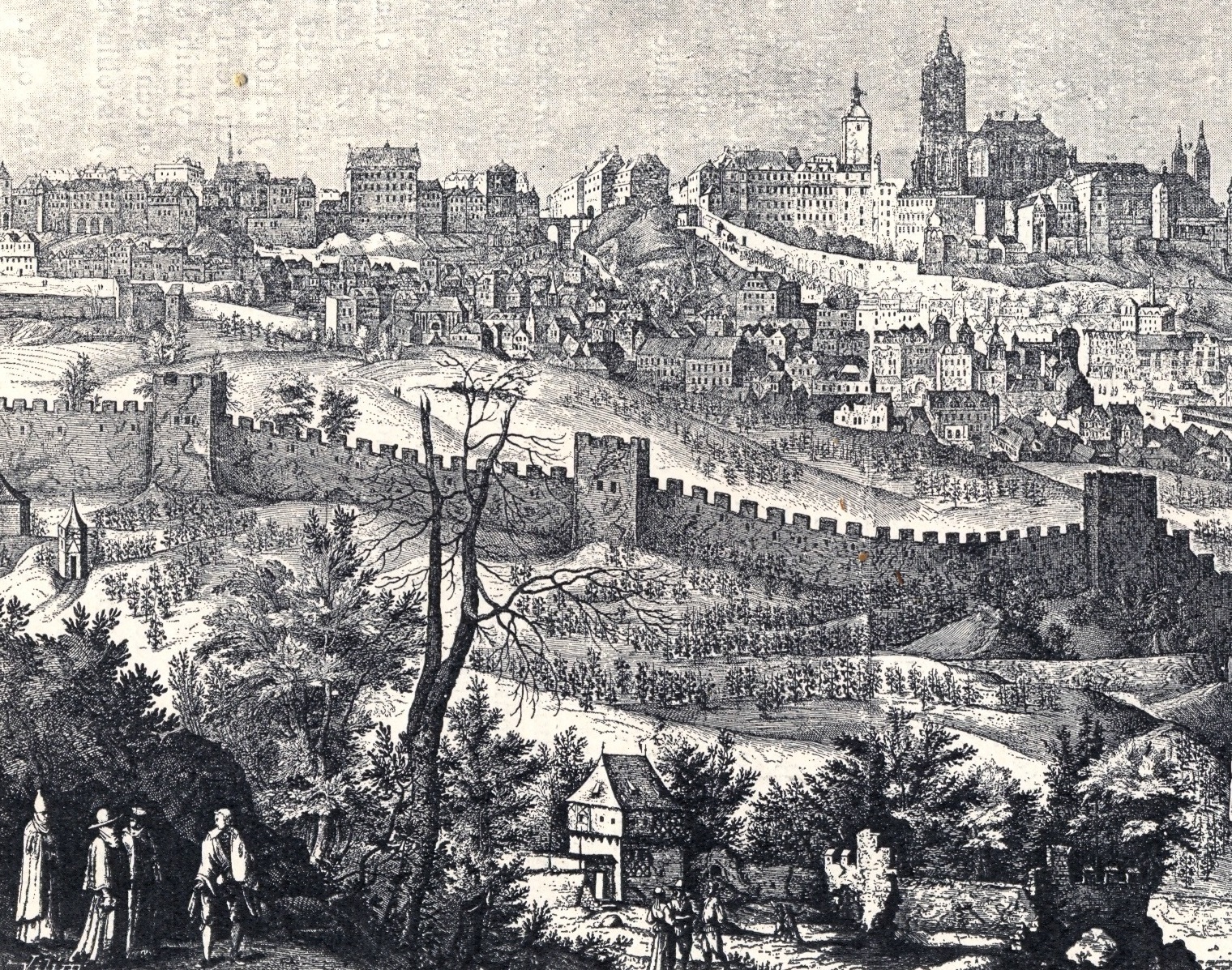 Dr.J. Kosina; (1607), Wikimedia Commons
Dr.J. Kosina; (1607), Wikimedia Commons
17. He Was Obsessed With Art
In Prague, Rudolf II was able to focus on what he really wanted: to pursue his passion for art, alchemy, and to build out his collections. He quickly began amassing the largest Northern Mannerist art collection in history. Pretty quickly, he became more famous as a patron of the arts than as an actual emperor. He was certainly an art admirer.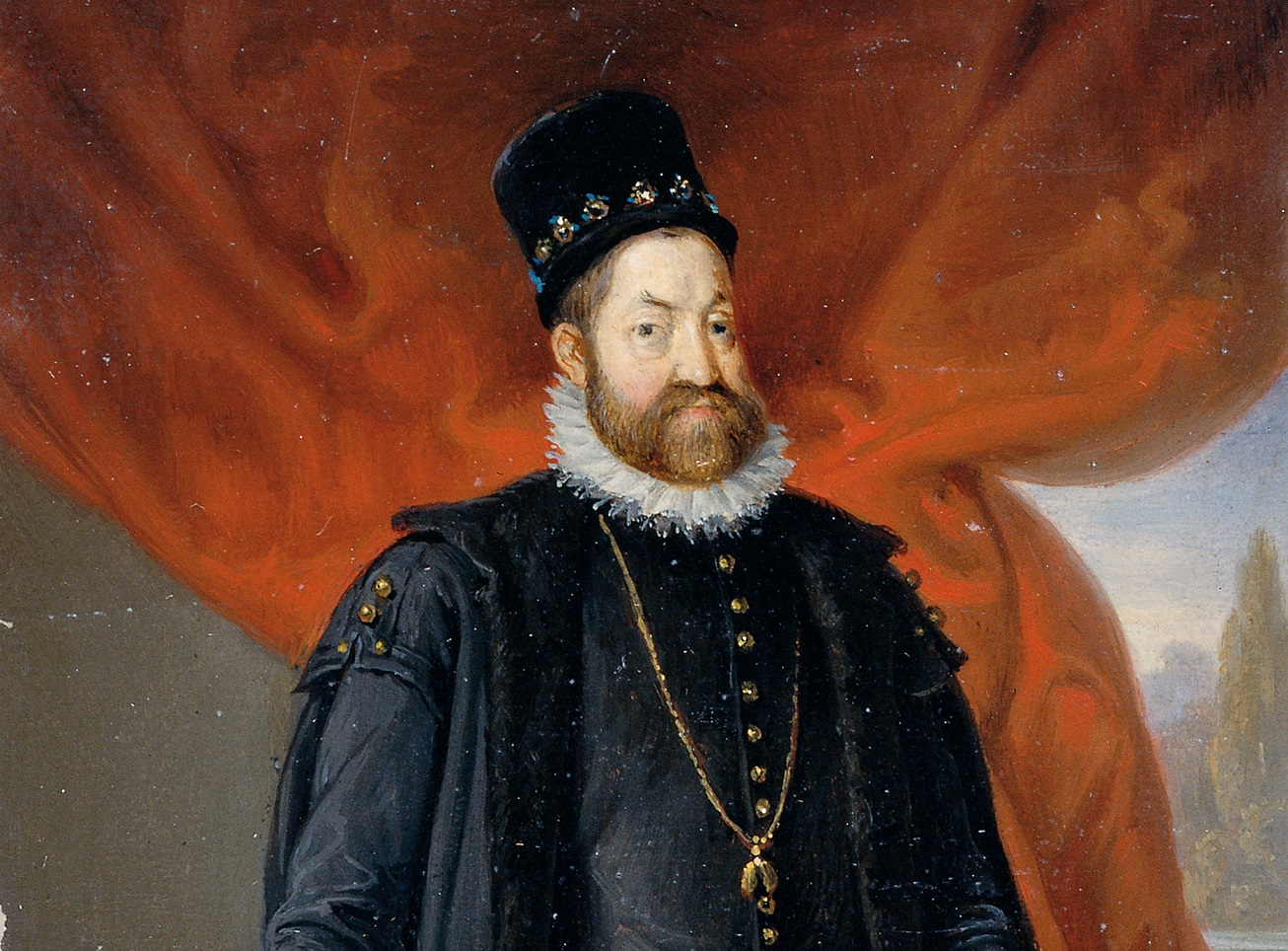 Johann Peter Krafft, Wikimedia Commons
Johann Peter Krafft, Wikimedia Commons
18. He Just Stared
It’s difficult to know exactly what Rudolf II was getting up to behind the closed doors of his castle. Apparently, it wasn’t much though. Curiously, whenever he would add a new piece of artwork to his collection, Rudolf II used to sit and stare at it for “hours on end”. Not like there were pressing matters of state to attend to.
19. He Attracted All The Wrong People
Under Rudolf II’s leadership, Prague became a center for all kinds of people. “Dissidents, heretics, followers of Paracelsus, and heliocentrists,” along with occultists and alchemists, all descended on Prague. Of course, Rudolf II attracted his fair share of charlatans and swindlers as well, who sought to take advantage of his mental illness.
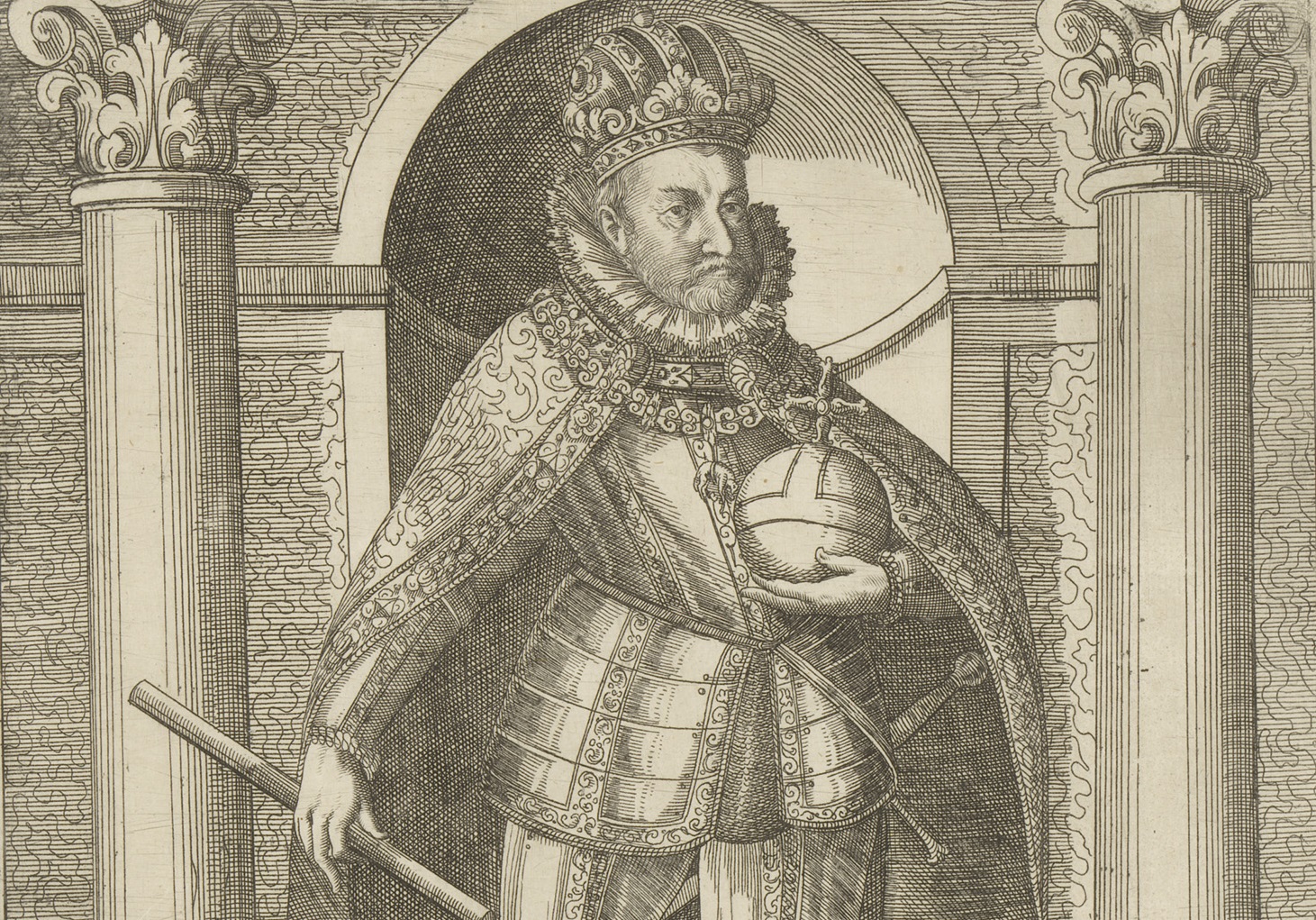 Rijksmuseum, Wikimedia Commons
Rijksmuseum, Wikimedia Commons
20. He Bought A Forgery
Rudolf II once allegedly paid the equivalent of $100,000 for a mysterious manuscript, covered in symbols and ciphers that no one could make out. In the end, historians believe that the manuscript was just a forgery that someone had concocted to get his money. But it’s possible that it was actually something far more interesting.
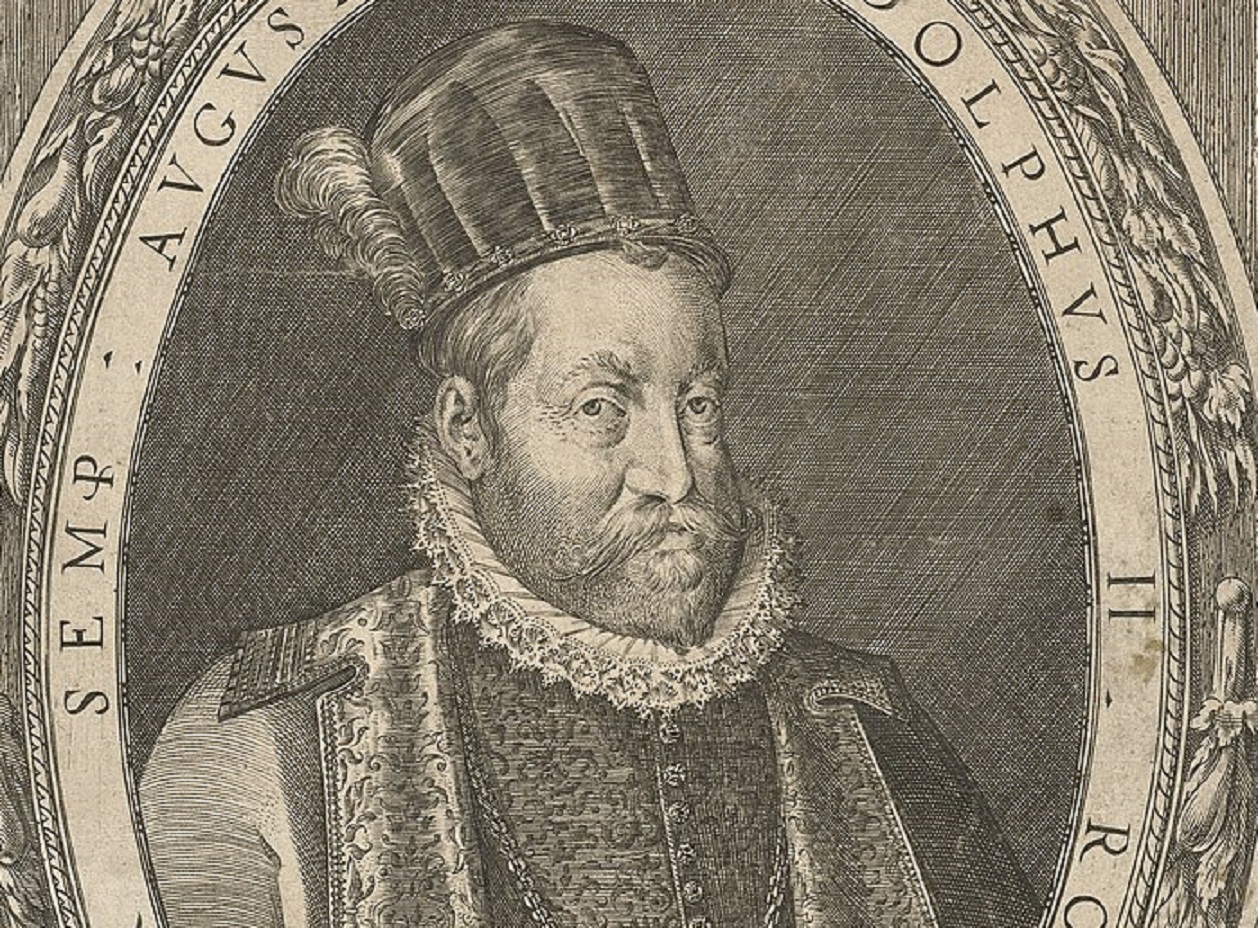 Rijksmuseum, Wikimedia Commons
Rijksmuseum, Wikimedia Commons
21. He Was Indecipherable
It’s possible that the mysterious manuscript with its indecipherable markings, for which Rudolf II shelled out serious cash, was the infamous Voynich manuscript. No one has been able to decipher the text, discover its author or even find out the purpose for it. In other words, it was exactly the kind of oddity that fascinated Rudolf II.
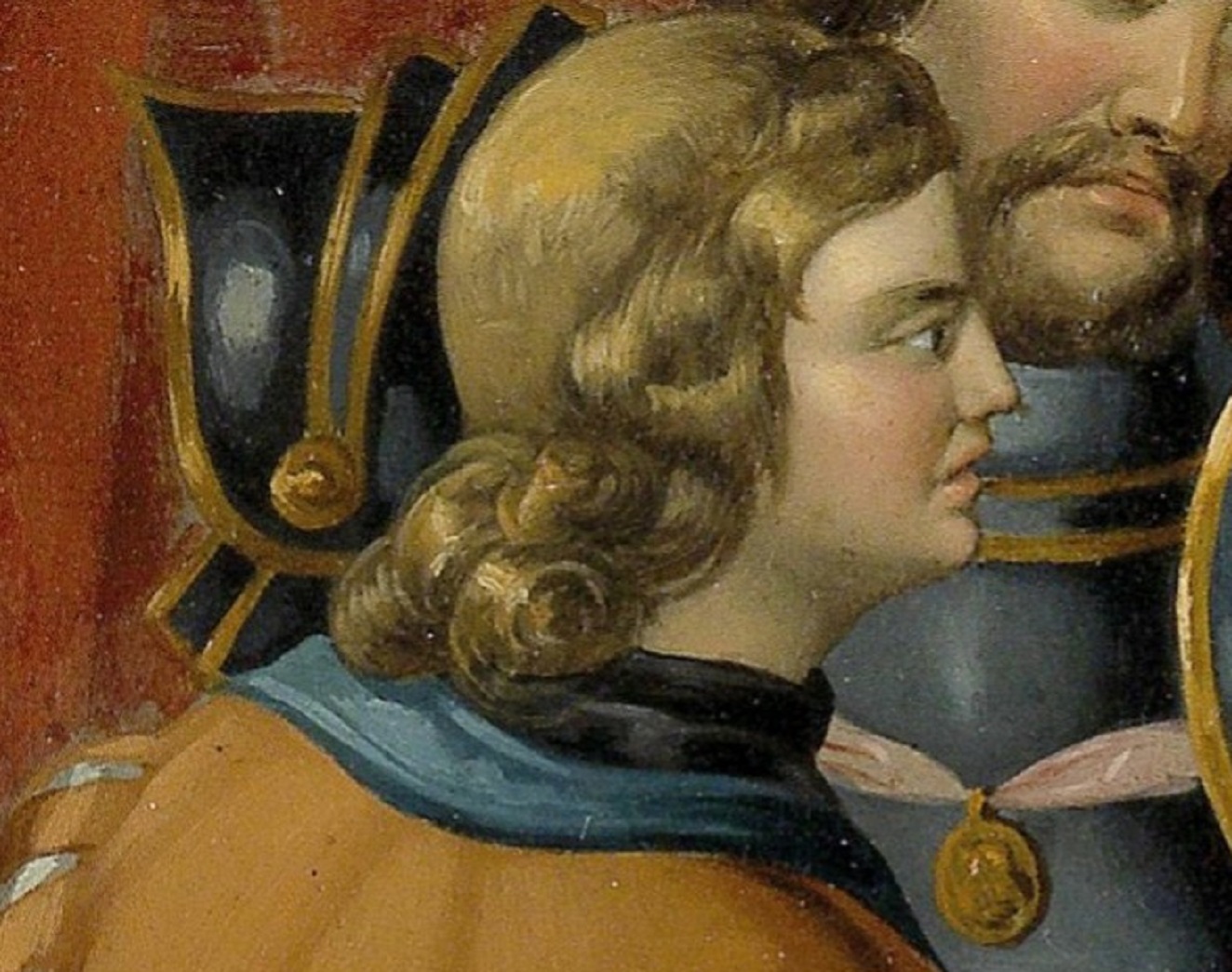 Unknown Author , Wikimedia Commons
Unknown Author , Wikimedia Commons
22. He Inspired Weird Art
The art that Rudolf II sponsored reflected his madness back at him. While the prevailing artistic movement at the time was Mannerism, art historians have had to create a whole new category for the weird art that Rudolf II inspired. Today, art connoisseurs and collectors refer to the paintings that Rudolf II commissioned as “Rudolfine Mannerism”.
It was…different.
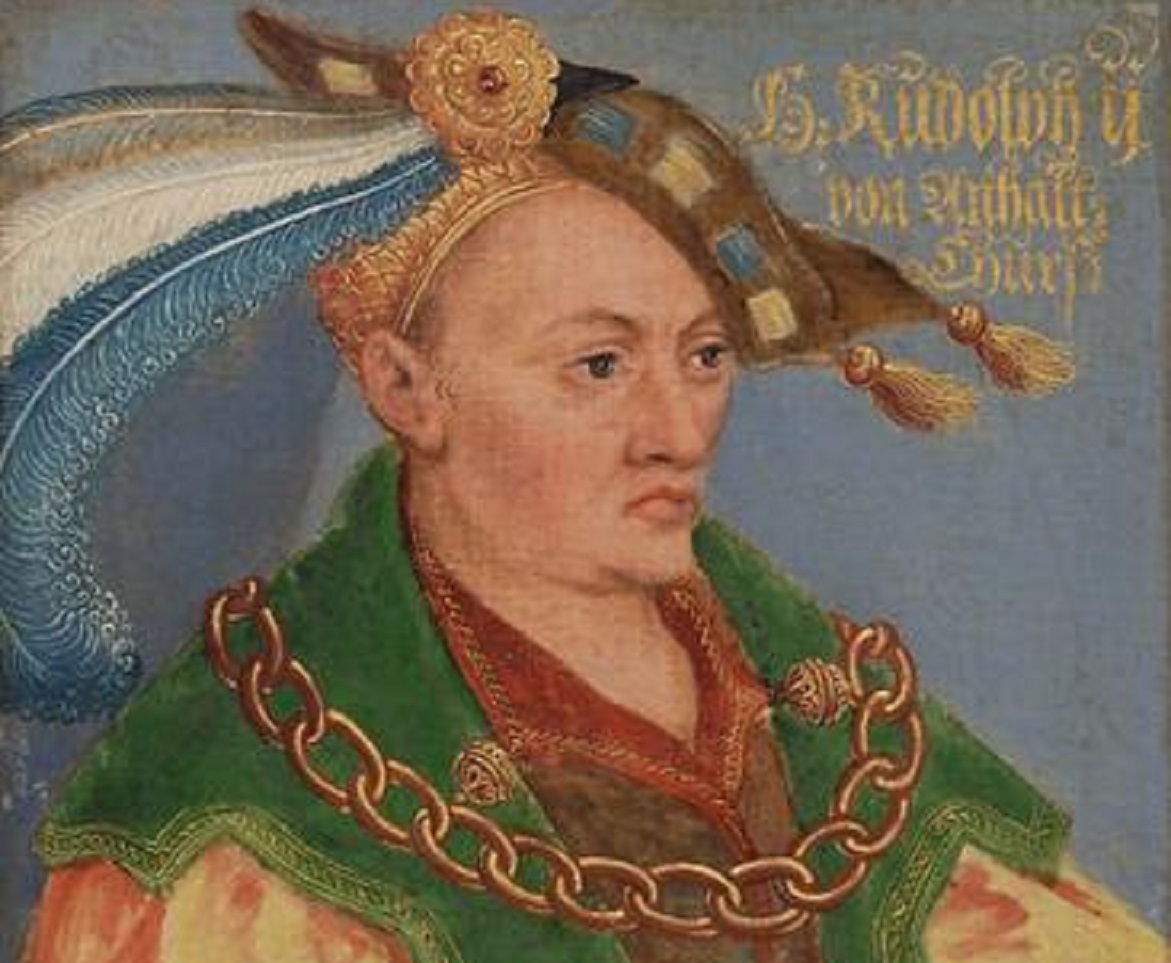 Lucas Cranach the Younger, Wikimedia Commons
Lucas Cranach the Younger, Wikimedia Commons
23. He Was Fruity
One of the most famous paintings in Rudolf II’s massive collection was a personal gift from the Italian artist, Giuseppe Arcimboldo. The strange painting depicts Rudolf II as the Roman god, Vertumnus. What makes the painting strange, however, is that Arcimboldo painted Rudolf II as a collection of fruits, vegetables and flowers.
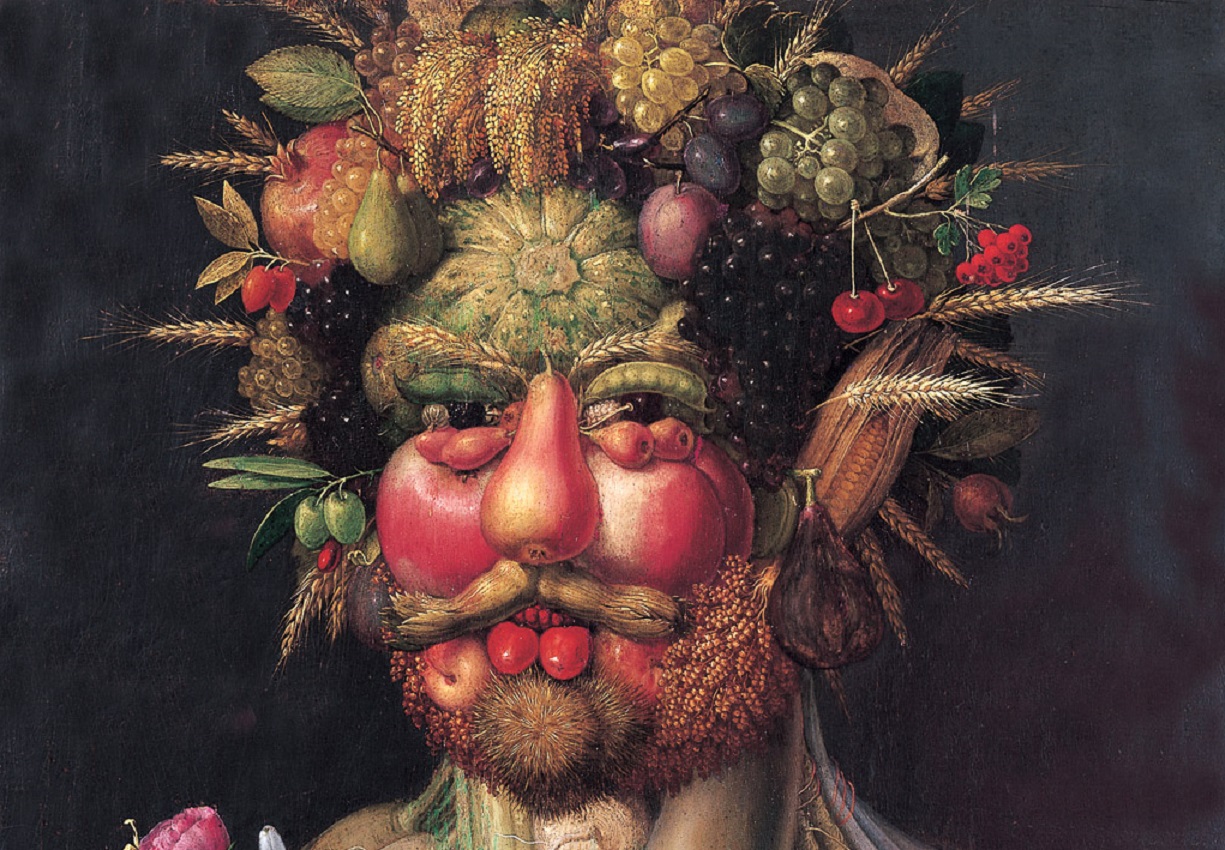 Giuseppe Arcimboldo, Wikimedia Commons
Giuseppe Arcimboldo, Wikimedia Commons
24. He Collected Everything
Paintings and sculptures weren’t enough to keep Rudolf II satisfied. He also collected “ceremonial swords, musical instruments, clocks, water works, compasses…telescopes” and other oddities. In fact, Rudolf II commissioned the best craftsmen from all over Europe to make mechanical devices of all kinds. His strange collection wasn’t without its merits.
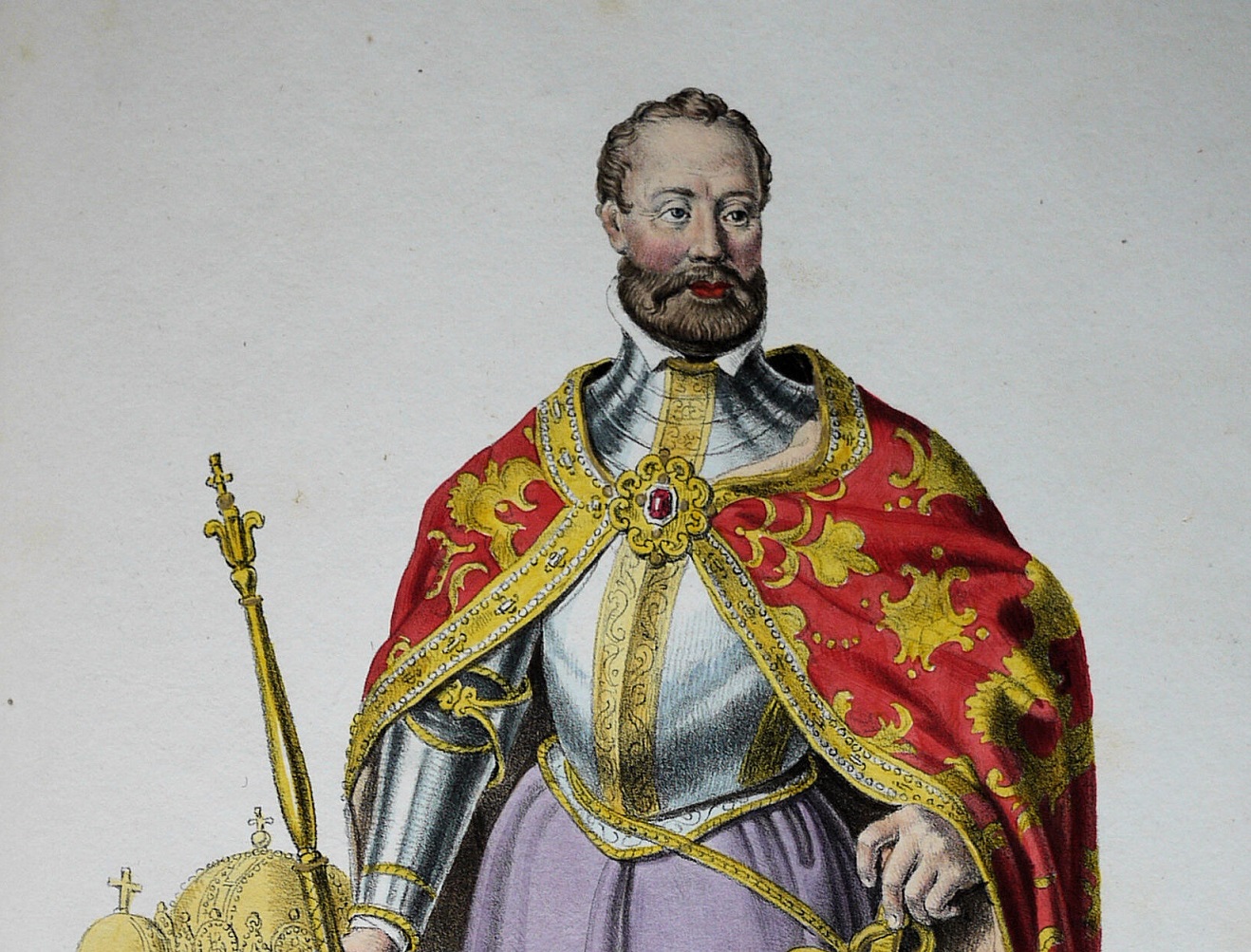
25. He Helped Spawn The Age Of Reason
Most of the art and oddities in Rudolf II’s collection served no practical purpose. However, his patronage of the arts, occultism and early science did actually show that there was a method to his madness. Some of the items in his possession, including the Rudolphine Tables and celestial globes, are considered by many to be key stepping stones for the beginning of the Age of Reason.
Too bad Rudolf was, himself, stark raving mad.
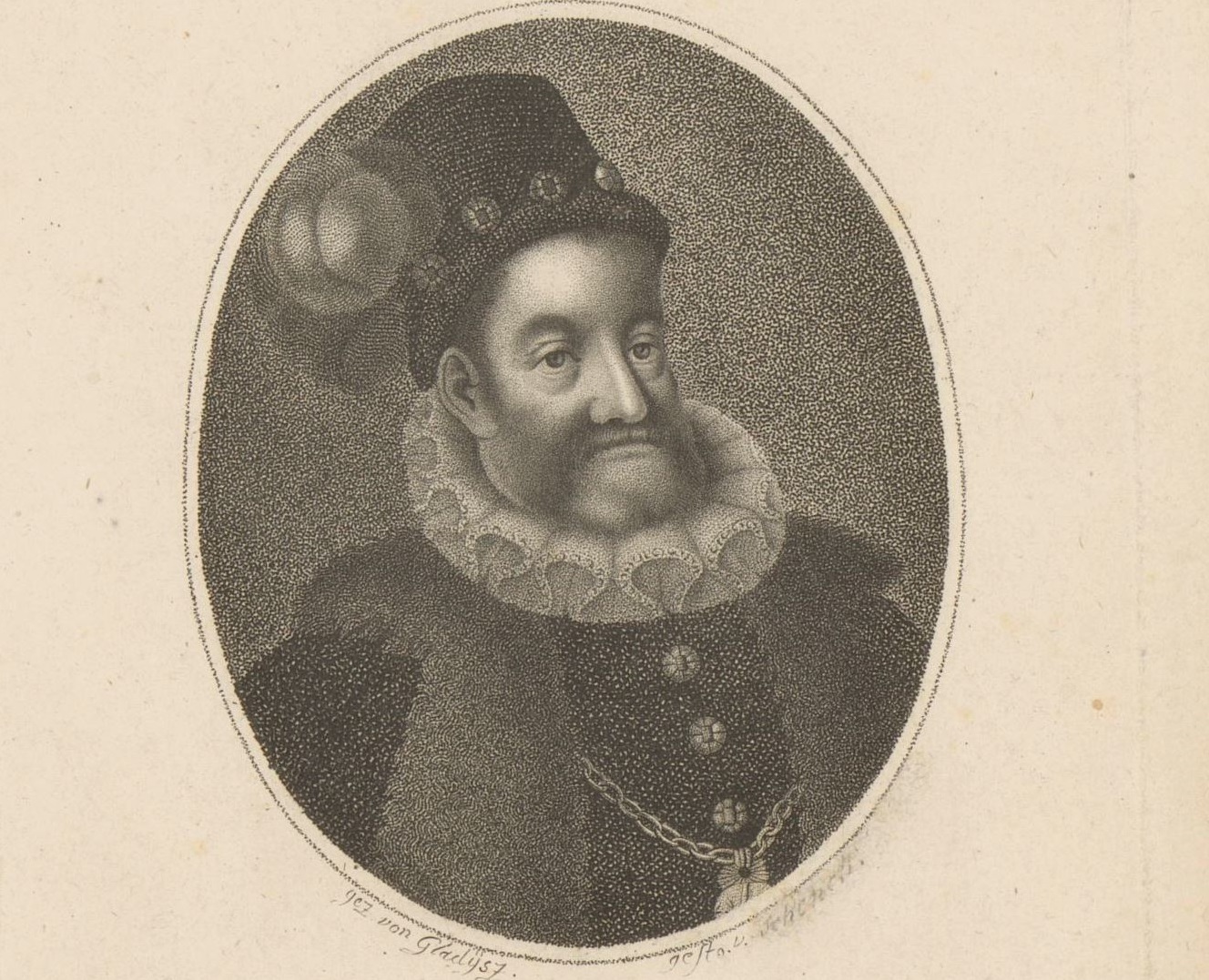 Rijksmuseum, Wikimedia Commons
Rijksmuseum, Wikimedia Commons
26. He Had A Method To His Madness
Throughout history, other “cabinets of curiosity” resembled a hoarder’s garage. Even though he was absolutely off his rocker, however, Rudolf II kept his own collection meticulously organized. He employed a gemologist for the express purpose of keeping his Kunstkammer “arranged in an encyclopedic fashion”. His empire, on other hand, could have used a little organizing.
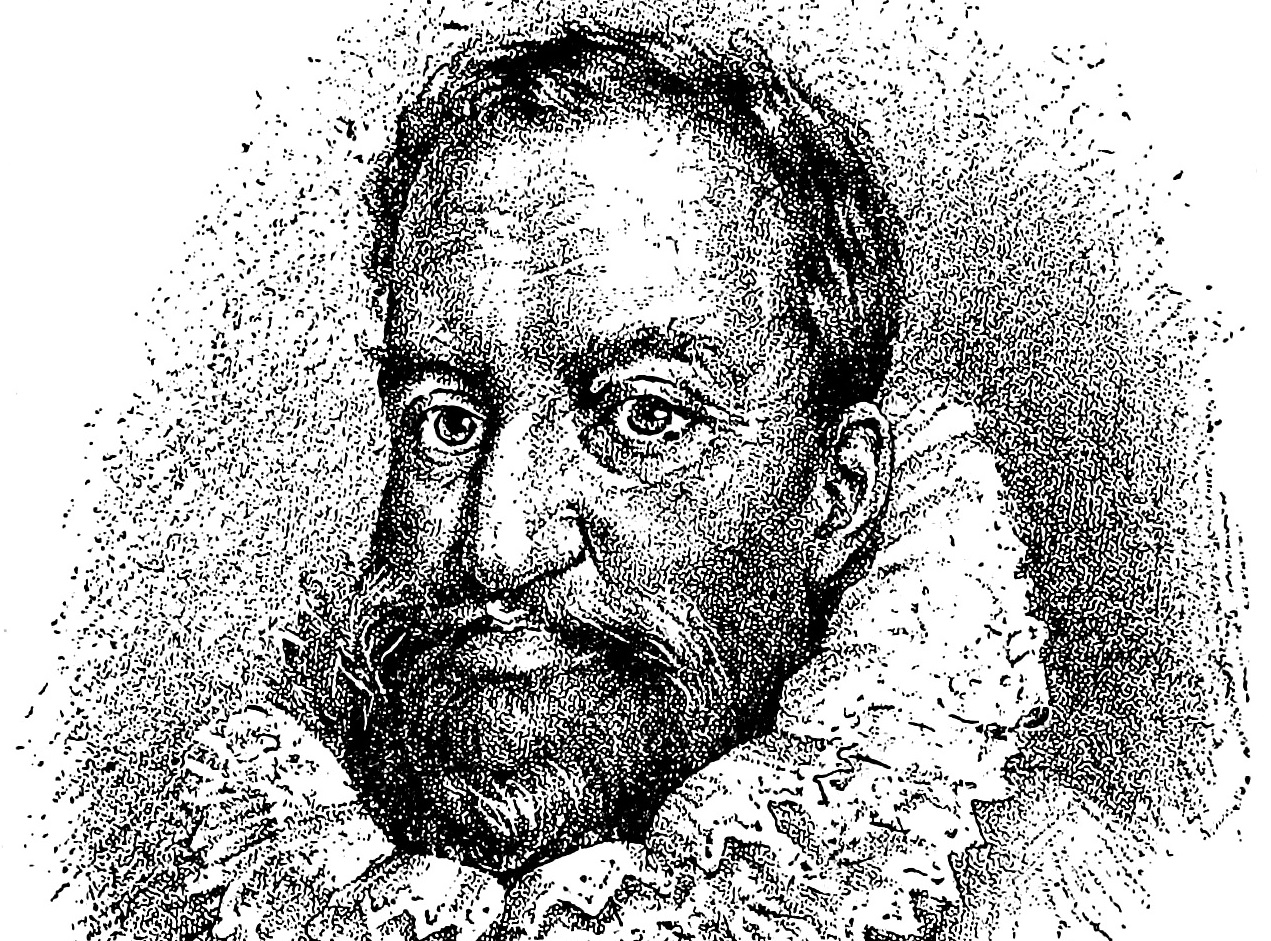 Gregor The story of Bohemia. Wikimedia Commons
Gregor The story of Bohemia. Wikimedia Commons
27. He Build A Big Vault
Rudolf II needed somewhere to store his growing collection of, well, everything. But no ordinary storage cabinet would do. The mad emperor built an entirely new wing of Prague Castle just to house his Kunstkammer. Sometimes, however, those curiosities managed to get out of the cabinet and wreak havoc across the castle.
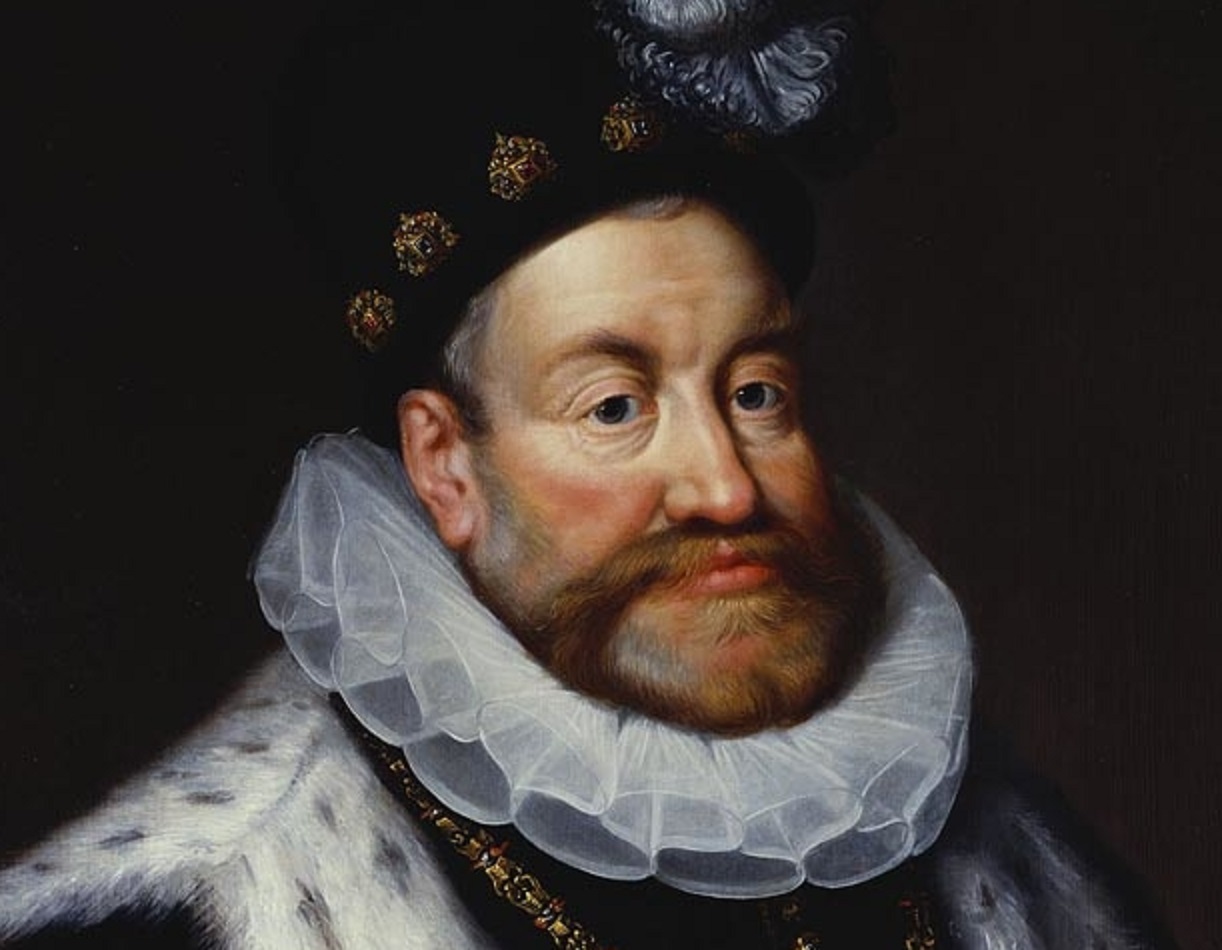 Royal Collection, Wikimedia Commons
Royal Collection, Wikimedia Commons
28. He Had Pet Cats
As Rudolf II’s reputation as a collector of strange things and lover of the occult grew, dignitaries from all over the world would try to gain his favor with gifts. Perhaps his favorite gifts were a lion cub and tiger, allegedly from the Sultan of Turkey. Rudolf II prized his lion most of all as they supposedly shared horoscopes—and victims.
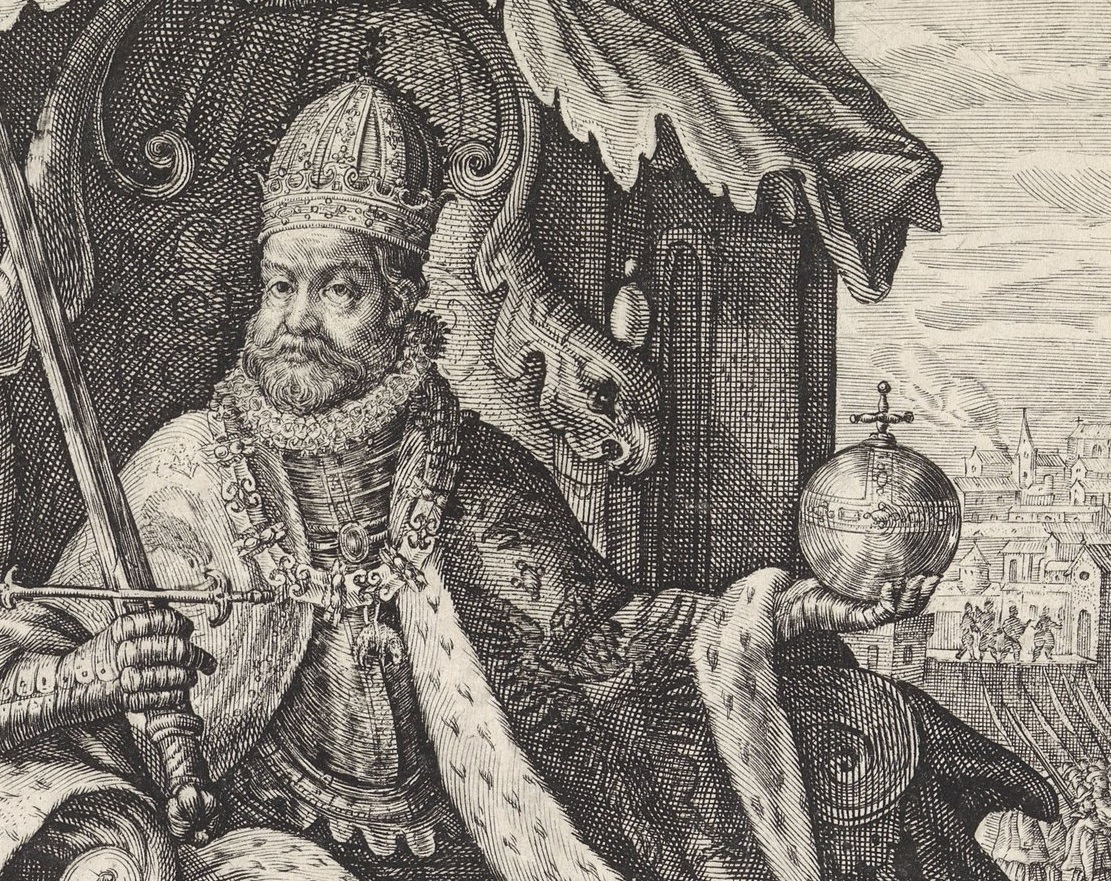 Rijksmuseum, Wikimedia Commons
Rijksmuseum, Wikimedia Commons
29. His Pets Roamed Free
Most of the objects in Rudolf II’s collection were perfectly harmless, if a little strange. His pets, however, were anything but harmless. Various sources confirm that, far from locking up his prized pets in his infamous vault, Rudolf II allowed his lion and tiger to roam around the castle. He didn’t exactly keep them on a leash either.
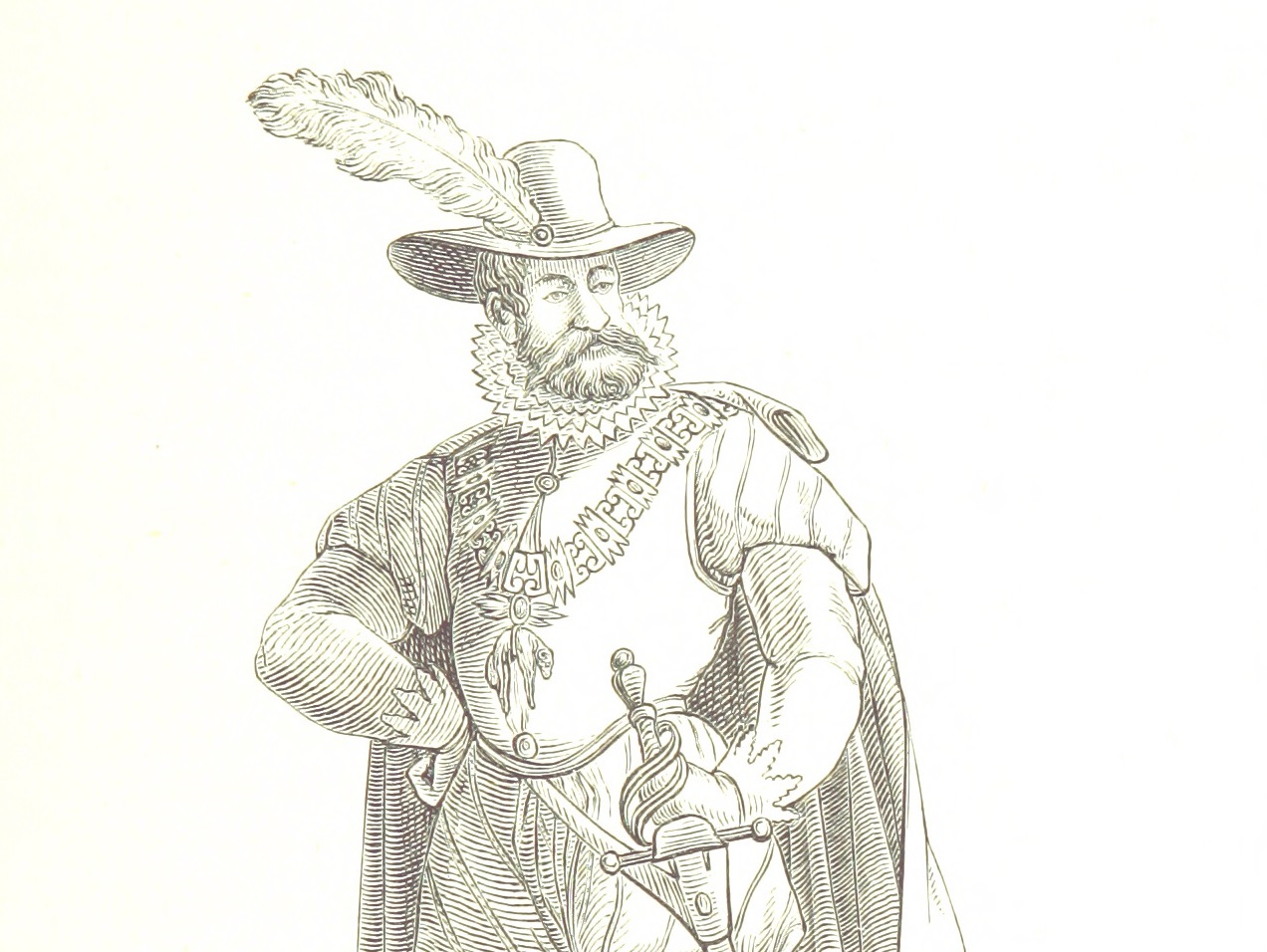 British Library, Wikimedia Commons
British Library, Wikimedia Commons
30. His Pets Ate People
With two wild cats roaming the castle freely, deadly accidents were certain to happen. In fact, the palace’s financial records indicate that Rudolf II’s beloved wild cats mauled, maimed and maybe even devoured servants with shocking regularity. Rudolf II frequently made payouts to the families of those whom his lion and tiger had mauled to shreds.
Those were not, however, the most dangerous beasts in his collection.
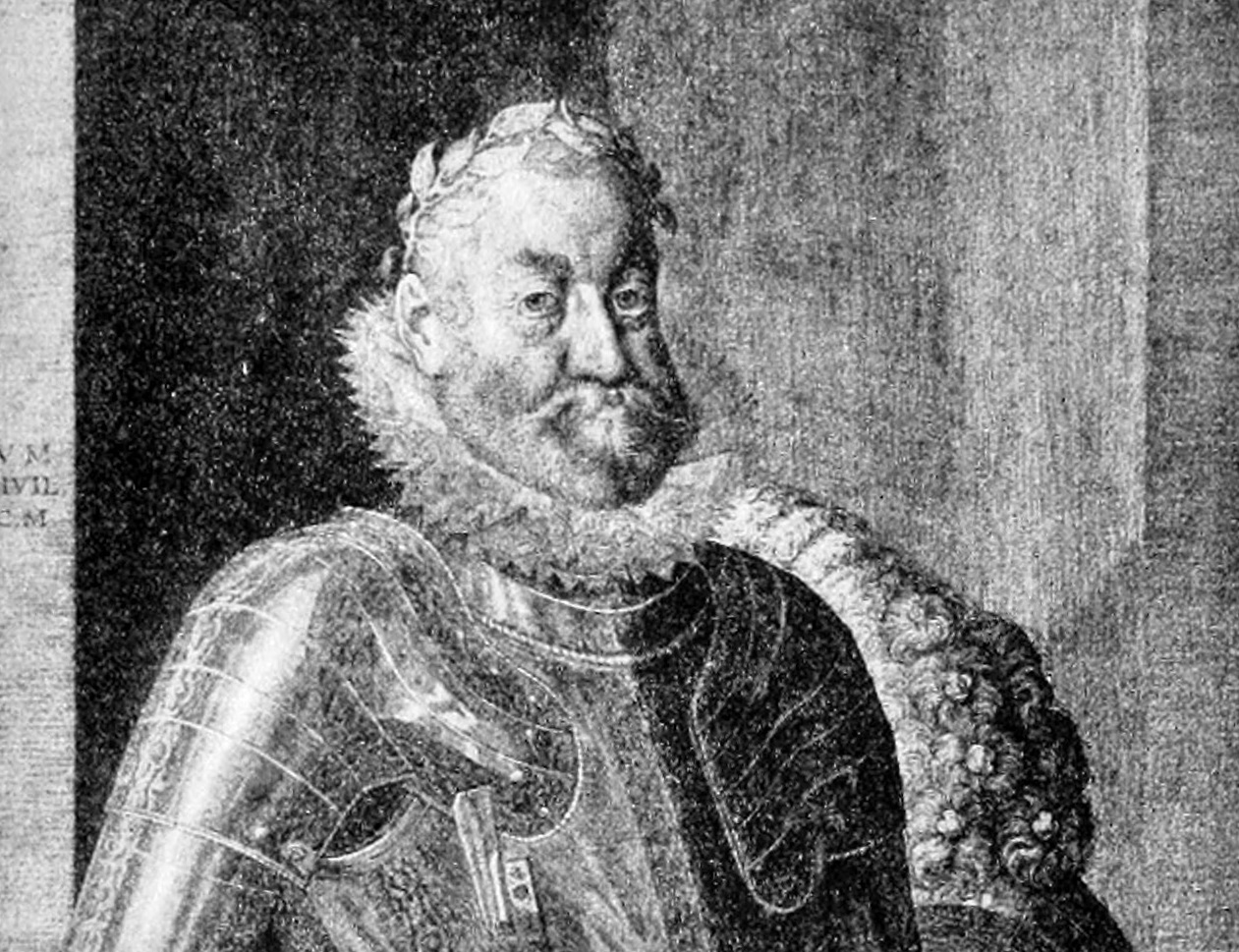 Aegidius Sadeler, Wikimedia Commons
Aegidius Sadeler, Wikimedia Commons
31. He Had Dragons
Lions and tigers made for decent pets but a Holy Roman Emperor, such as Rudolf II, deserved even more exotic pets. Even mythical ones. Rudolf II claimed to have had, as pets, a basilisk and (we’re quoting here) ”some dragons”. There’s no archaeological evidence to suggest that he actually had these creatures of folklore, of course.
But he could have had other, equally awe-inspiring, objects in his cabinet of curiosities.
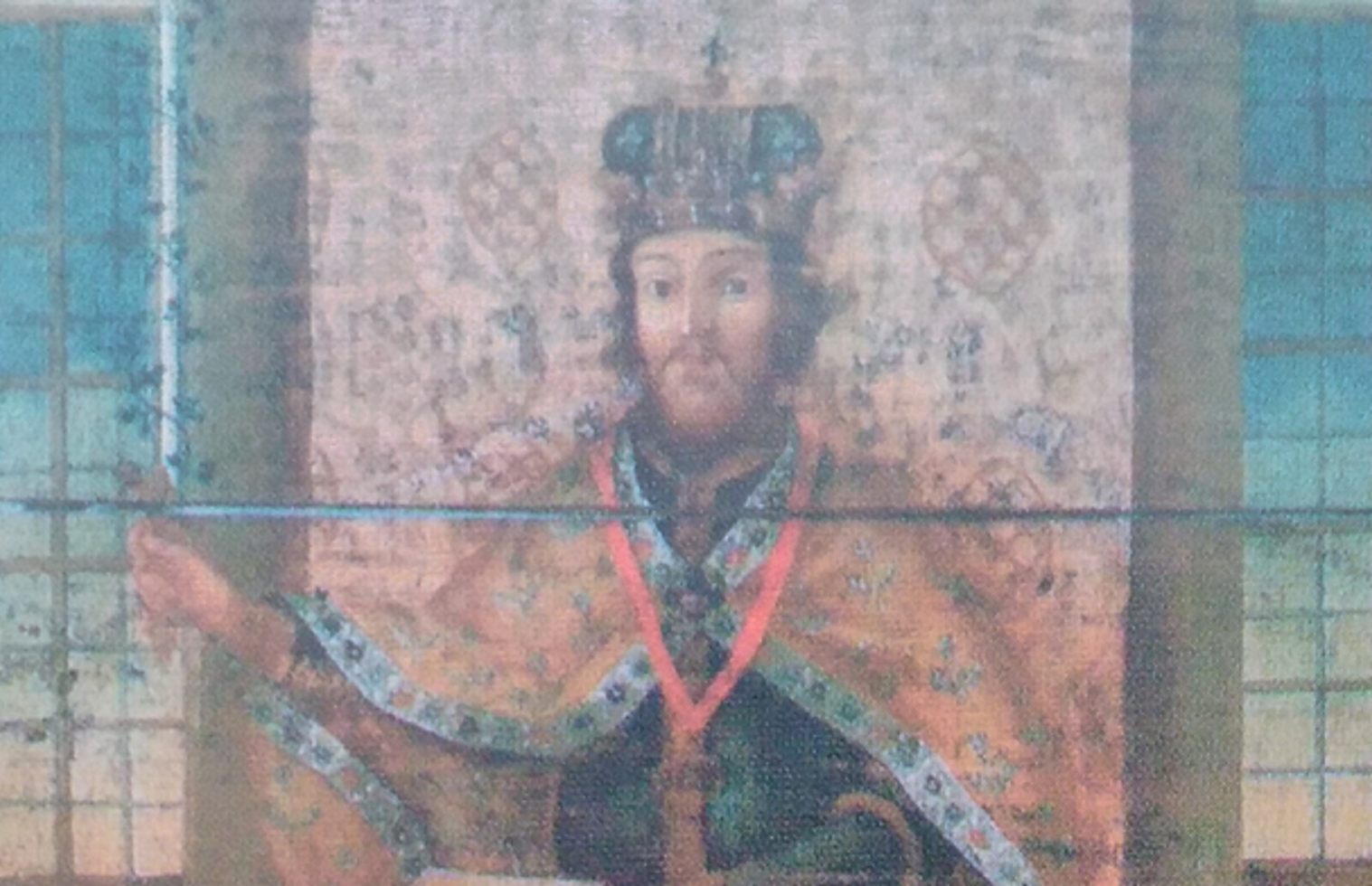 Joakim Marković (XVIII Century painter), Wikimedia Commons
Joakim Marković (XVIII Century painter), Wikimedia Commons
32. He Pulled From The Bible
In addition to a basilisk and some dragons, Rudolf II made some bold claims about the items in his sprawling collection. At various times (perhaps during schizophrenic episodes) Rudolf II claimed to have, in his possession “a grain of Earth from which God made Adam” and “two nails from Noah’s ark”. One thing he didn’t have, however, was sanity.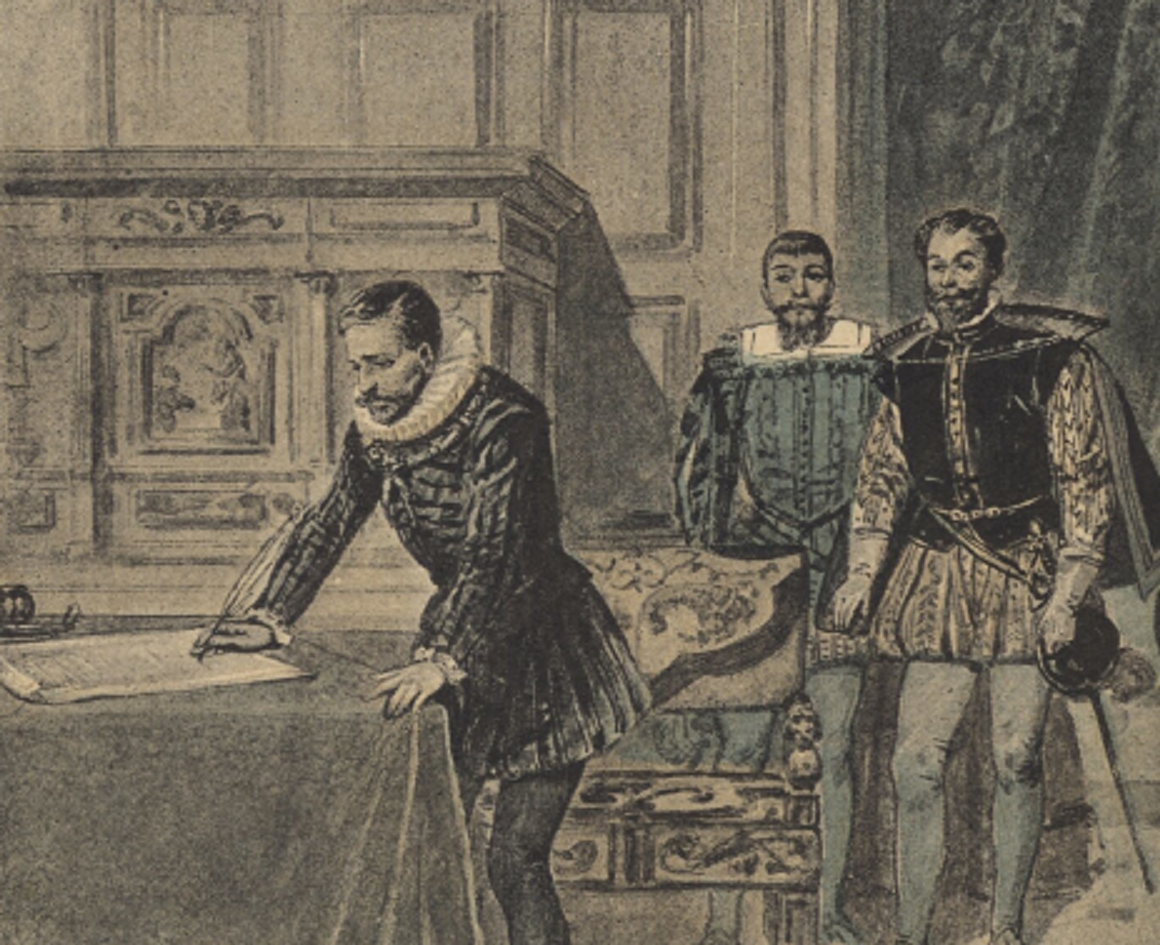 Emil Zillich, CC BY-SA 4.0 , Wikimedia Commons
Emil Zillich, CC BY-SA 4.0 , Wikimedia Commons
33. He Was Obsessed With Stones
Rudolf II’s obsession with alchemy gave rise to a lifelong pursuit of one of history’s greatest artifacts; the Philosopher’s Stone. He believed, as all alchemists did, that if he could find the Philosopher's Stone, he could then turn anything he wanted into solid gold. Suffice to say, he never found the elusive substance.
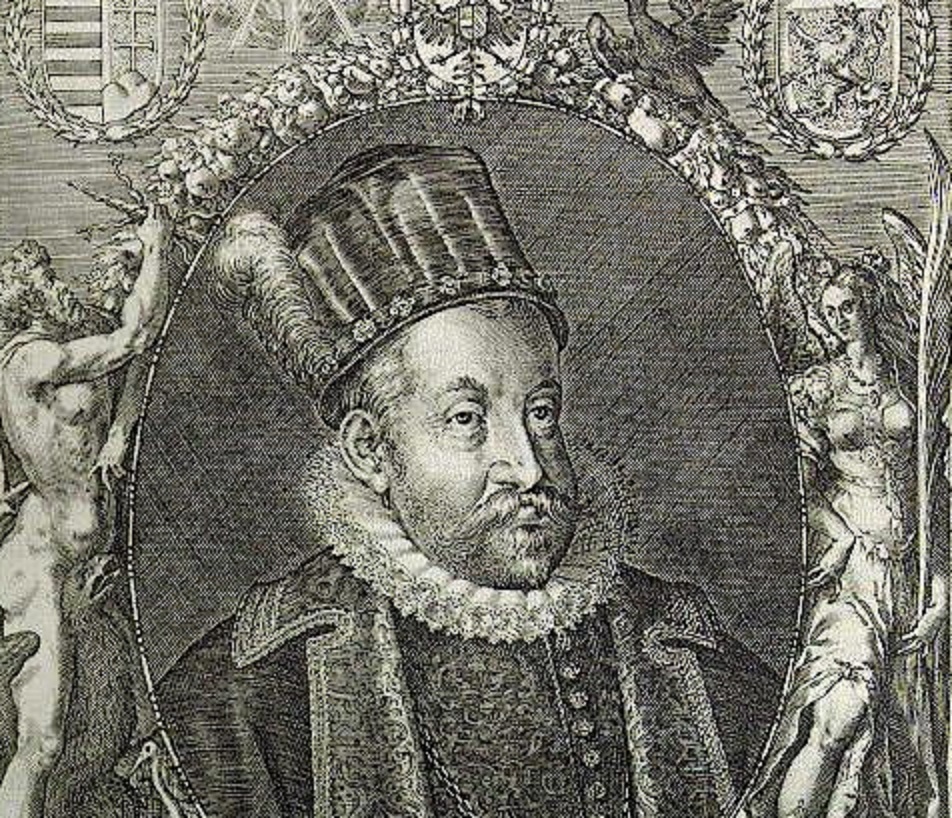 Dominicus Custos, Wikimedia Commons
Dominicus Custos, Wikimedia Commons
34. He Was An Avid Alchemist
Rudolf II’s fascination with the alchemy and the occult gave Prague a mystical reputation that endures to this day. Under his rule, alchemists from all over flocked to the city and turned it into a hub for pioneering chemists in the early days of chemistry.
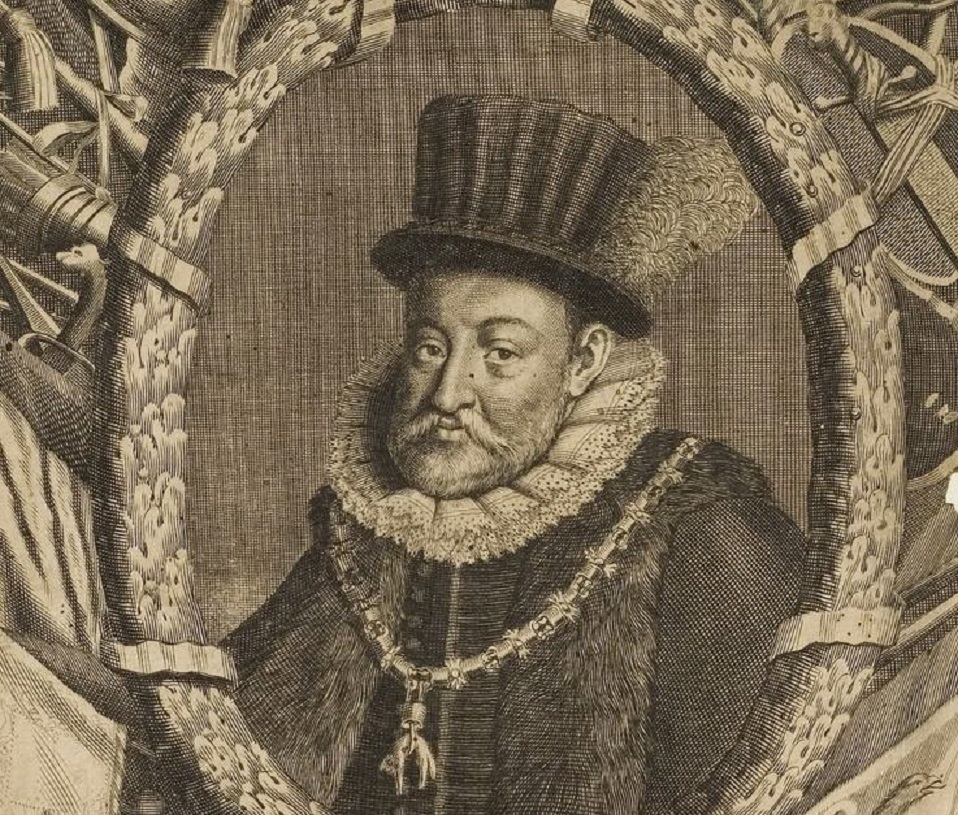 http://digi.ub.uni-heidelberg.de, Wikimedia Commons
http://digi.ub.uni-heidelberg.de, Wikimedia Commons
35. He Gave Rise To Urban Legends
Rudolf II displayed a level of religious tolerance that was unusual for his time. His tolerance of Jews, however, created a centuries-old urban legend. In Rudolf II’s occult Prague, the rabbi Judah Loew ben Bezalel is said to have fashioned a Golem out of clay and brought it to life with a magic potion.
It’s a tall tale but, Rudolf II might have had the only artifact that could give life.
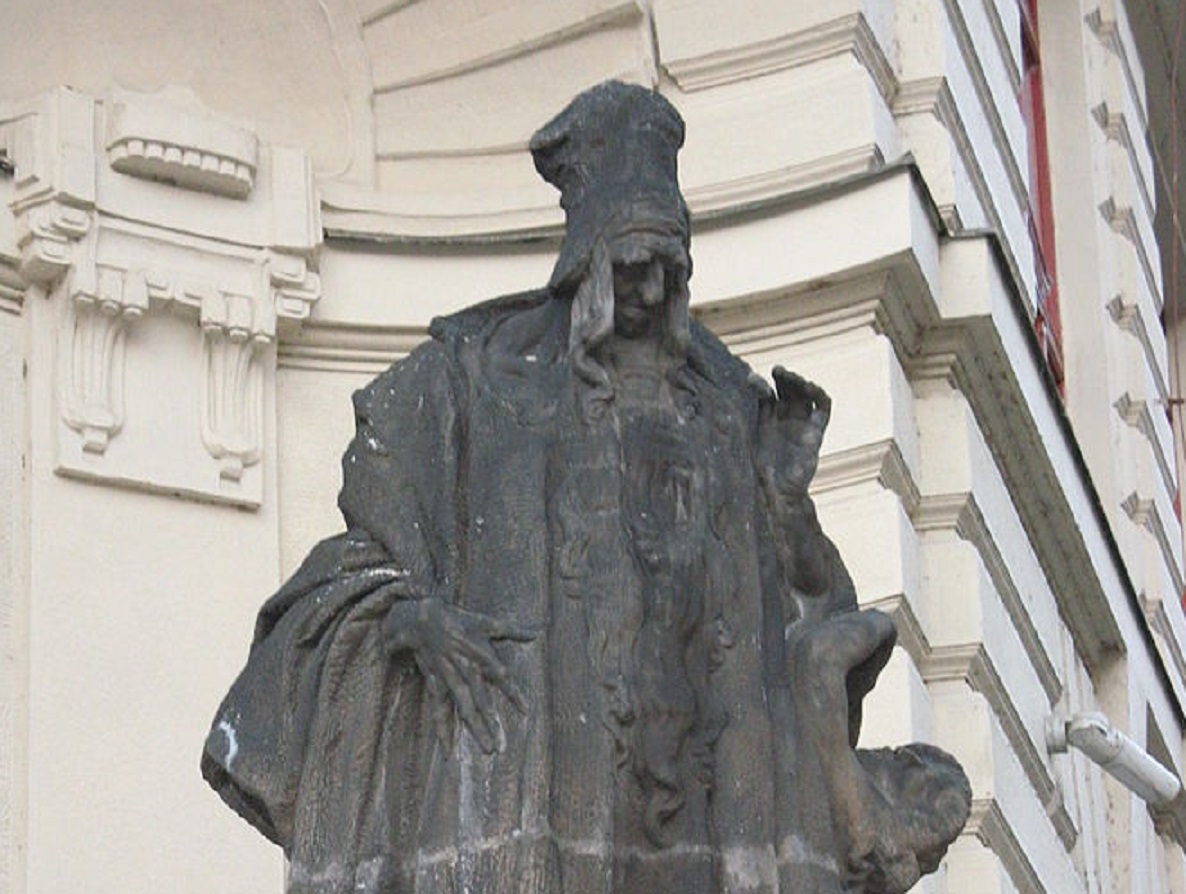 Buchhändler, Wikimedia Commons
Buchhändler, Wikimedia Commons
36. He Found The Holy Grail
During his paranoid schizophrenic episodes, Rudolf II turned to his belief in the occult for safety. In a melancholic state, he would perform a ritual with two of his favorite possessions; a bowl made of agate that he believed to be the Holy Grail, and a narwhal tusk that he believed to be the horn of a unicorn. What he did with them was…troubling.
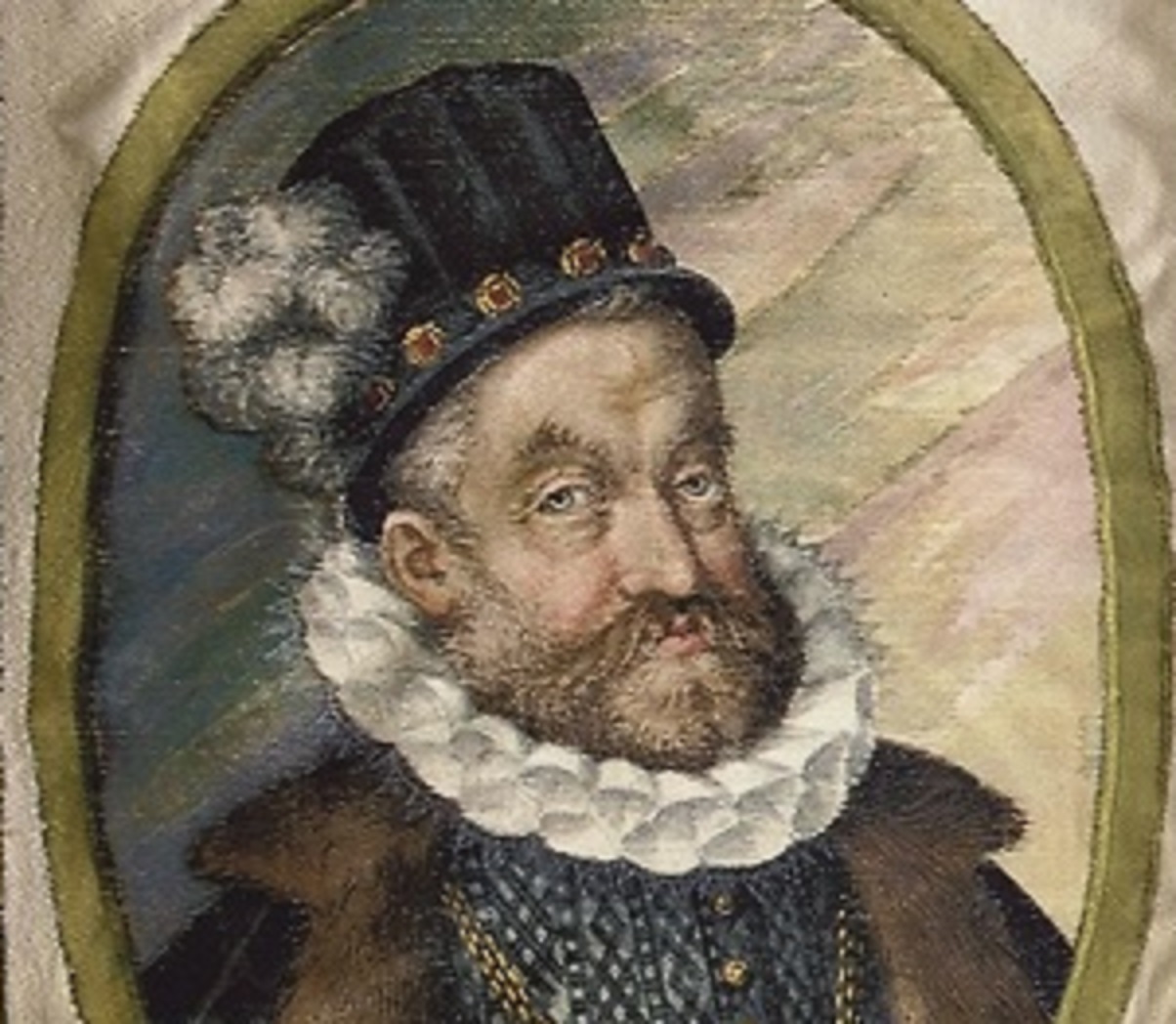 Unknown Author, Wikimedia Commons
Unknown Author, Wikimedia Commons
37. He Thought He Was Safe
Armed with his two favorite possessions, the mad Emperor would draw a circle of protection around himself with a Spanish sword. He truly believed that this ritual would keep him safe from all those who wanted to do him harm. Unfortunately for Rudolf II, however, his enemies (namely his younger brother, Matthias) didn’t share his superstitions.
38. He Launched A Crusade
In between his weird rituals and feeding his alleged dragons, Rudolf II had little time for state affairs. However, when religious tensions bubbled over into open conflict, Rudolf II had no choice but to leave the confines of his “cabinet of curiosities” and engage with the world.
Unfortunately, he brought his madness along with him and launched into a crusade against the Ottoman Empire.
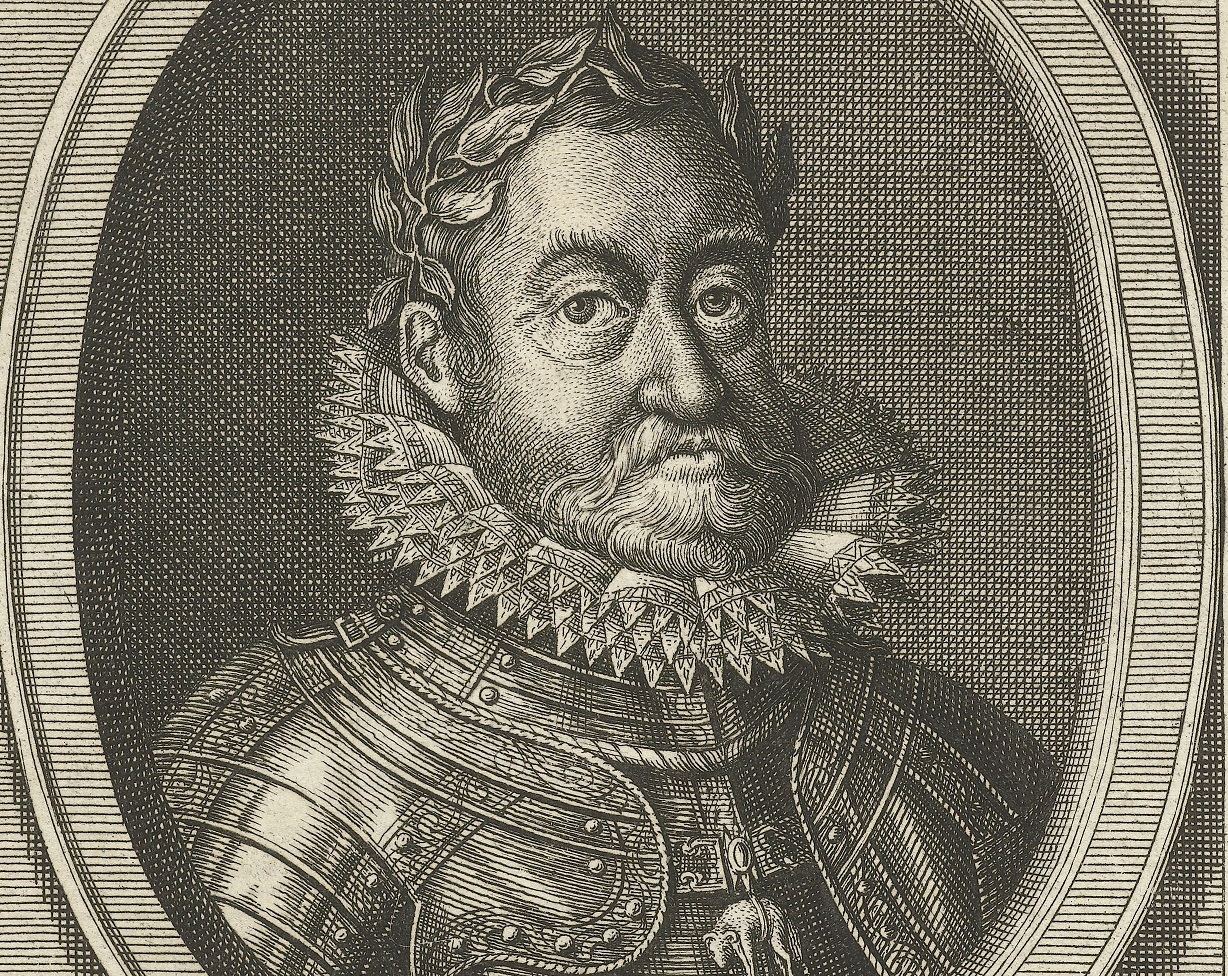 Rijksmuseum, Wikimedia Commons
Rijksmuseum, Wikimedia Commons
39. His People Revolted Against Him
As Rudolf II’s pointless crusade waged on, his subjects became increasingly fed up with his indecisive and ineffectual leadership. His Hungarian subjects revolted during the Bocskai uprising, forcing Rudolf II to cede much of his authority to his younger brother, Matthias. The setback only further drove Rudolf II into madness.
 Joseph Heintz the Elder, Wikimedia Commons
Joseph Heintz the Elder, Wikimedia Commons
40. His Brother Took All Of His Power
Rudolf II was not impressed with his younger brother’s concessions. In another one of his typically unpredictable outbursts, Rudolf II began plotting another crusade against the Ottomans. Fortunately, Matthias intervened before Rudolf II could launch another savage attack and forced him to give up all of his titles except for that of Holy Roman Emperor.
 Jörg Blobelt, CC BY-SA 4.0 , Wikimedia Commons
Jörg Blobelt, CC BY-SA 4.0 , Wikimedia Commons
41. He Attacked His Own People
Pretty soon, the only thing that Rudolf II would have was his “cabinet of curiosities”. As he began to lose his grip on power, his actions to regain control became increasingly erratic—and deadly. When his Bohemian subjects demanded greater religious freedoms, Rudolf II responded by unleashing the full might of his army against them.
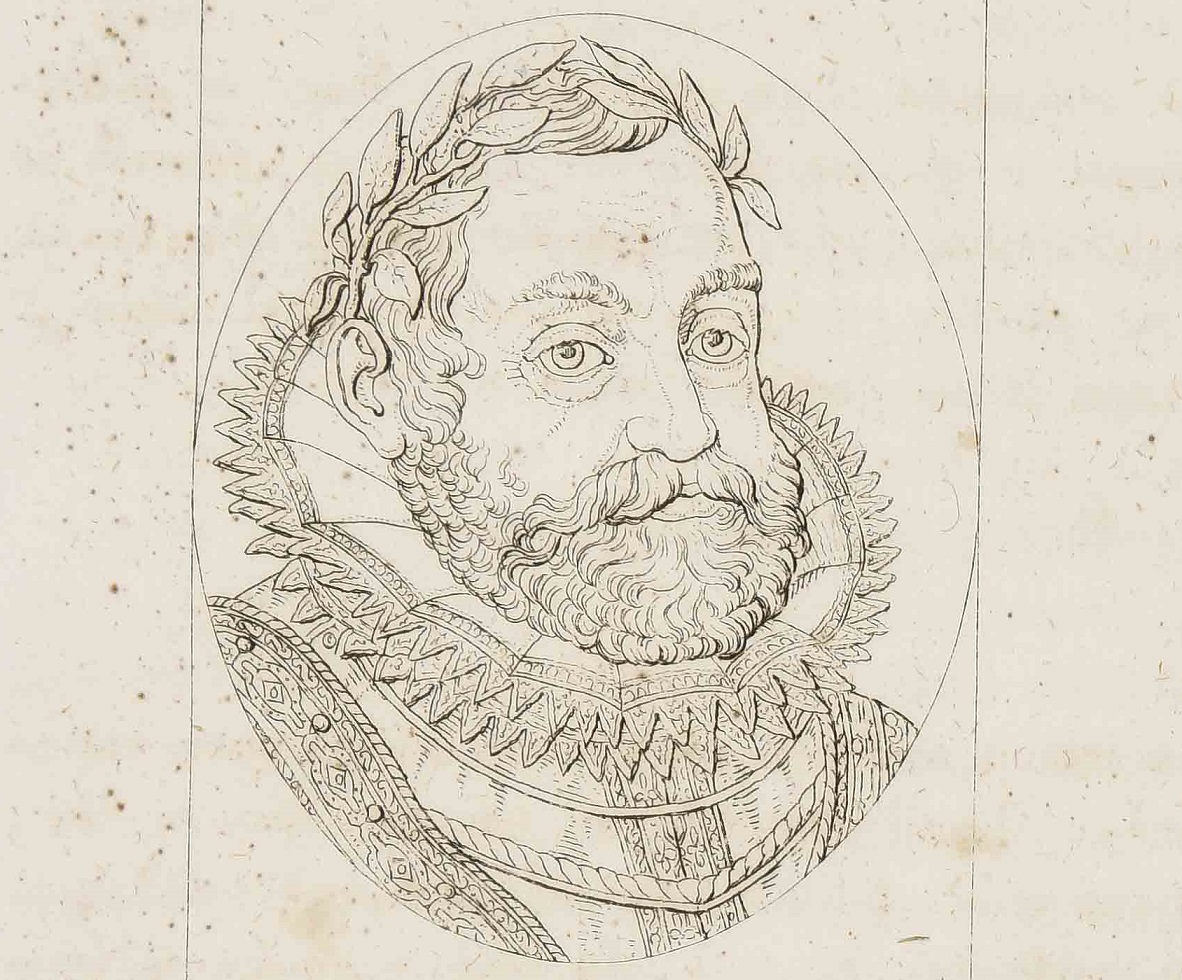 Municipal Library of Trento, Wikimedia Commons
Municipal Library of Trento, Wikimedia Commons
42. His Brother Imprisoned Him
Once again, it was up to Matthias to save the Holy Roman Empire from the mad Holy Roman Emperor. After Rudolf II’s attack on the Bohemians, Matthias used his own forces to imprison Rudolf II within his castle in Prague. Before long, Rudolf II would become just another one of the curious objects in his collection.
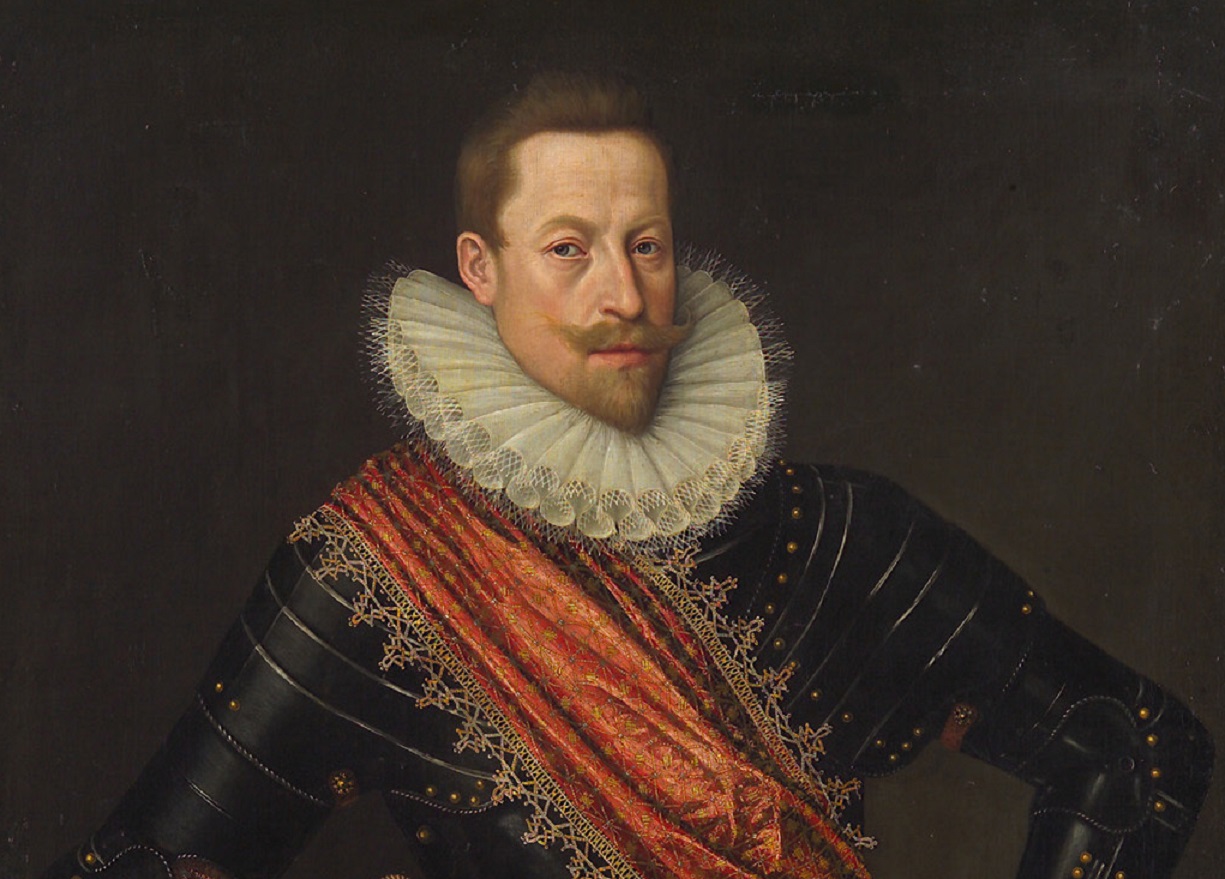 Lucas van Valckenborch, Wikimedia Commons
Lucas van Valckenborch, Wikimedia Commons
43. He Joined His Collection
Just nine months into his confinement in Prague Castle, Rudolf II’s favorite pet, his lethal lion, passed away. Dismayed, the erratic Emperor, locked himself away in his chambers and refused medical attention. Just three days later, in a fit of schizophrenic paranoia and melancholic woe, Rudolf II faded away into his Kunstkammer.
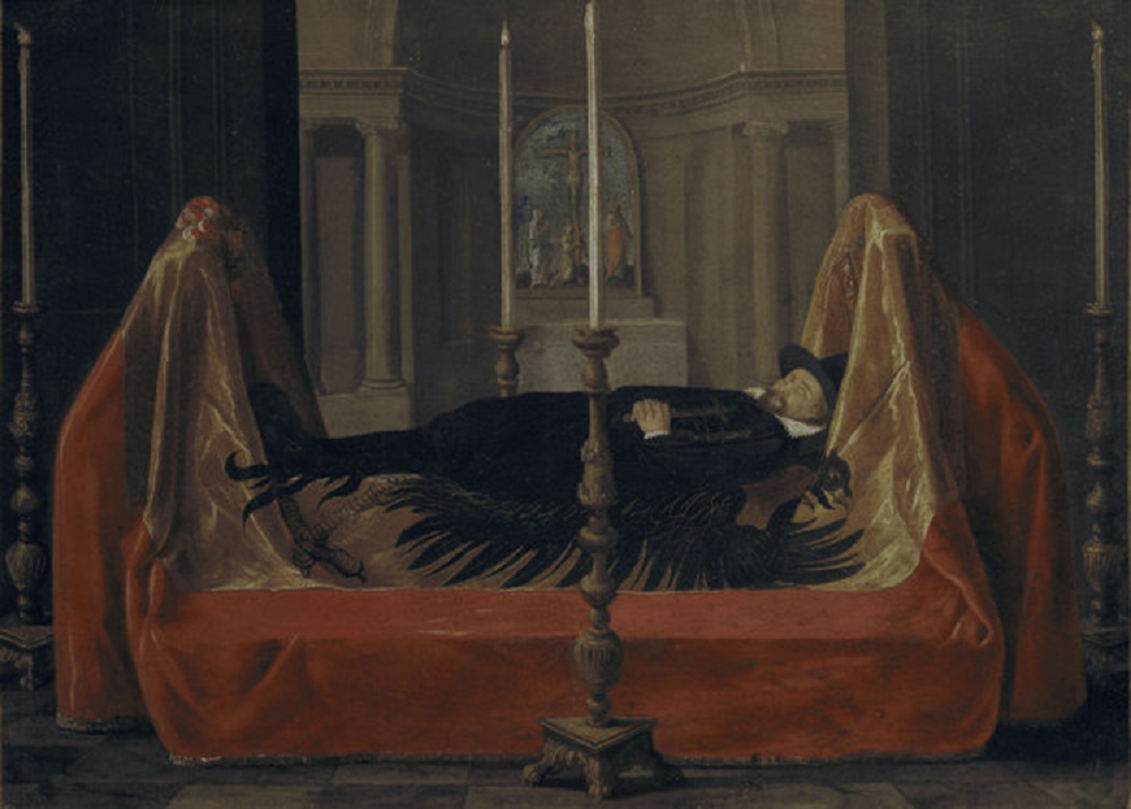 Unknown Author, Wikimedia Commons
Unknown Author, Wikimedia Commons
44. His Son Fell In Love
In 1607, Rudolf II purchased the Český Krumlov Castle and gave it to Don Julius. Like a rich kid with a Ferrari, however, Don Julius squandered the opportunity his father had given him. He became obsessed with the daughter of the local barber, Markéta Pichlerová.
Where Rudolf II had an obsession with the occult, his son had an obsession with the sadistic.
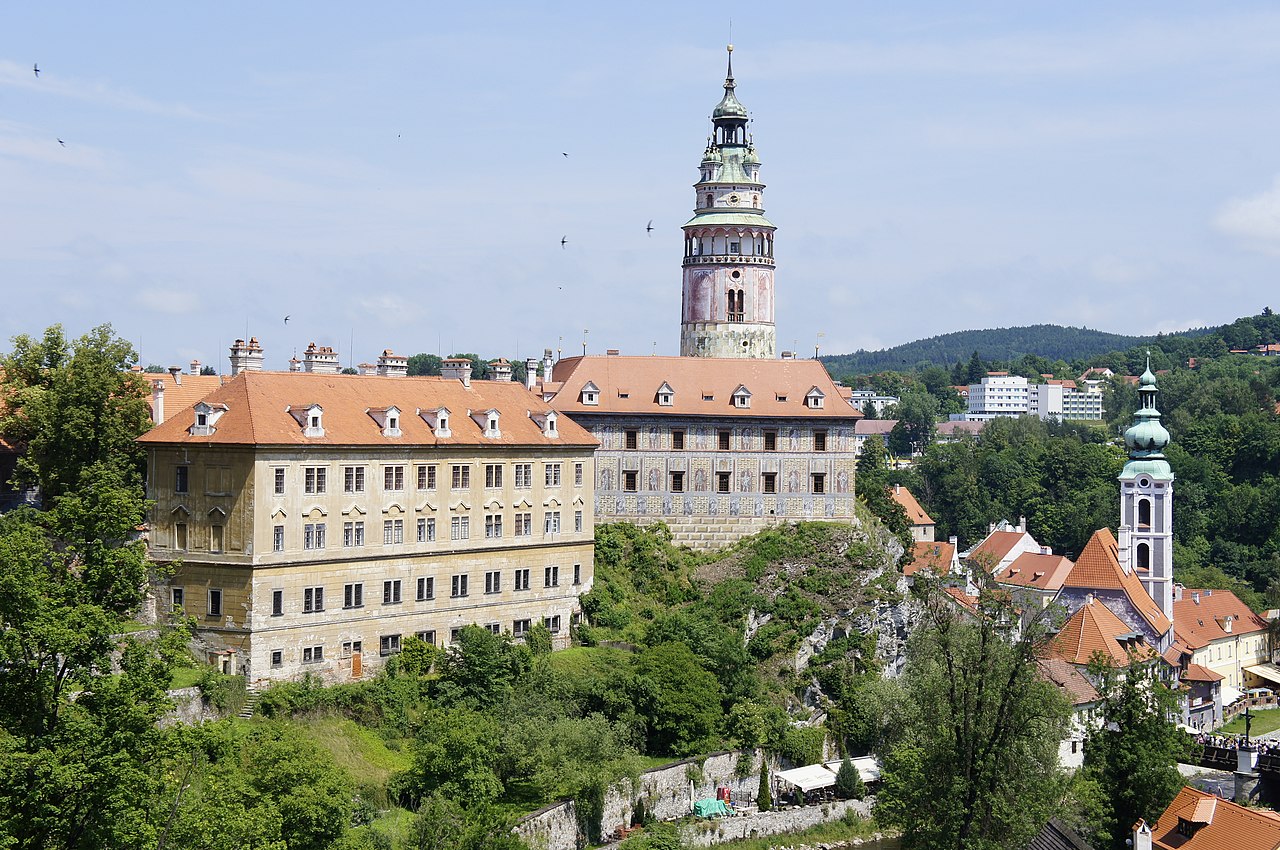 Bjalek Michal, CC BY-SA 3.0, Wikimedia Commons
Bjalek Michal, CC BY-SA 3.0, Wikimedia Commons
45. His Son Was Not A Charming Prince
No one could say that Rudolf II cared much for his subjects—but at least he didn’t torture them like his son did. Don Julius invited his lover, Markéta, to live with him in Český Krumlov Castle. Sadly, he was anything but a charming prince. The mad Emperor’s mad son used to cut and beat Markéta to within an inch of her life.
That’s just when he was being nice.
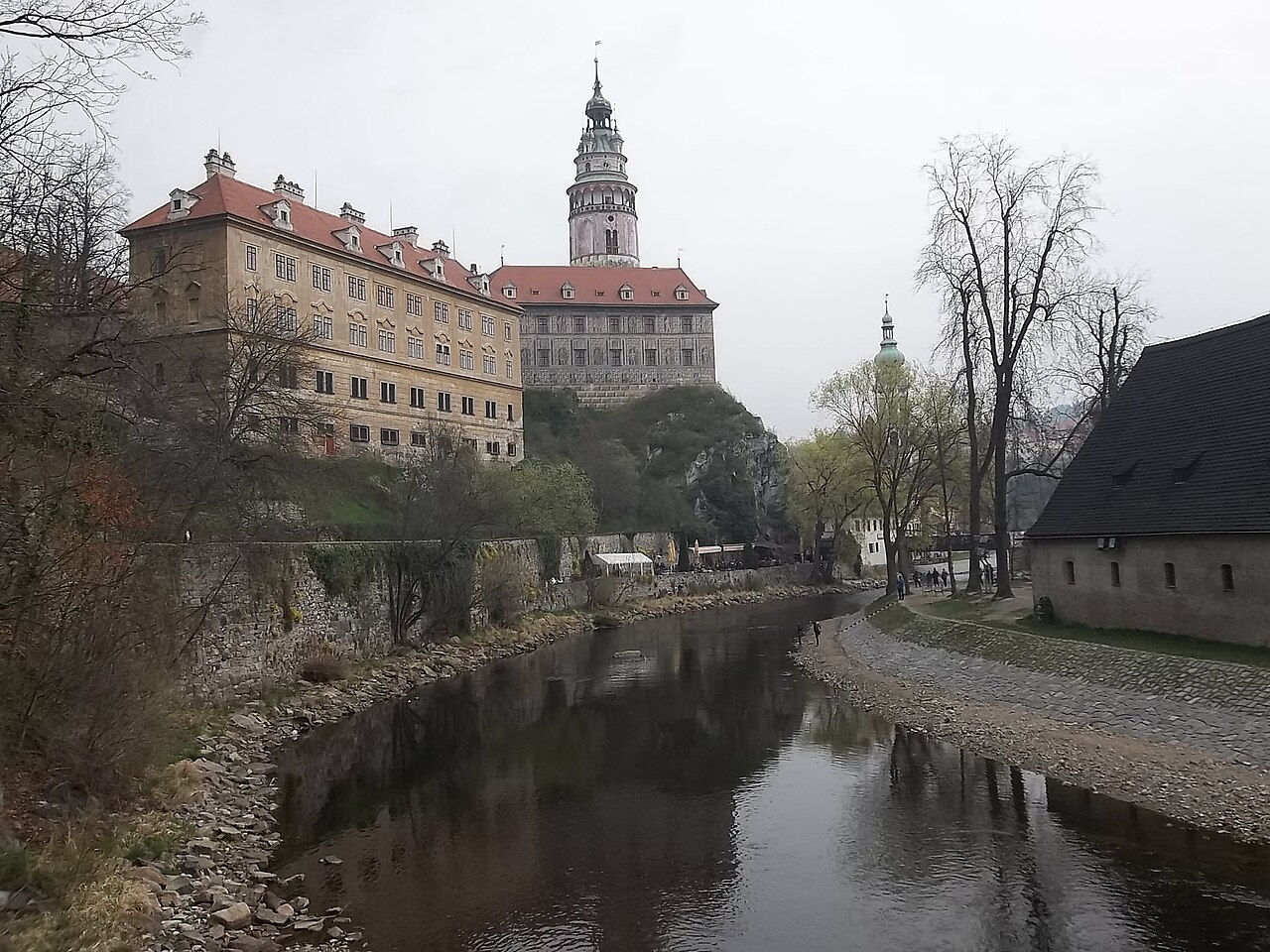 Redková Miroslava, CC BY-SA 3.0, Wikimedia Commons
Redková Miroslava, CC BY-SA 3.0, Wikimedia Commons
46. His Son Defenestrated His Lover
In one particularly gruesome fit of schizophrenic rage, Don Julius attacked Markéta so savagely that he believed he had ended her life. In an attempt to cover up his bloody deed, he threw Markéta’s body out of a window and down onto the rocks below.
Sadly, Markéta’s suffering wasn’t yet at an end. Rudolf II’s evil spawn was only just getting warmed up.
 Jörg Blobelt, CC BY-SA 4.0 , Wikimedia Commons
Jörg Blobelt, CC BY-SA 4.0 , Wikimedia Commons
47. His Son Threw Out The Trash
Against all odds, Markéta survived Don Julius’ attack on her life. Fortunately, after Don Julius threw her out of the window, she fell onto a “rubbish heap”. Nevertheless, her path to recovery was a difficult one.
A local historian recalled, “She was so terribly damaged that she was no longer a single piece of body”. I’m no doctor, but I know that’s not good.
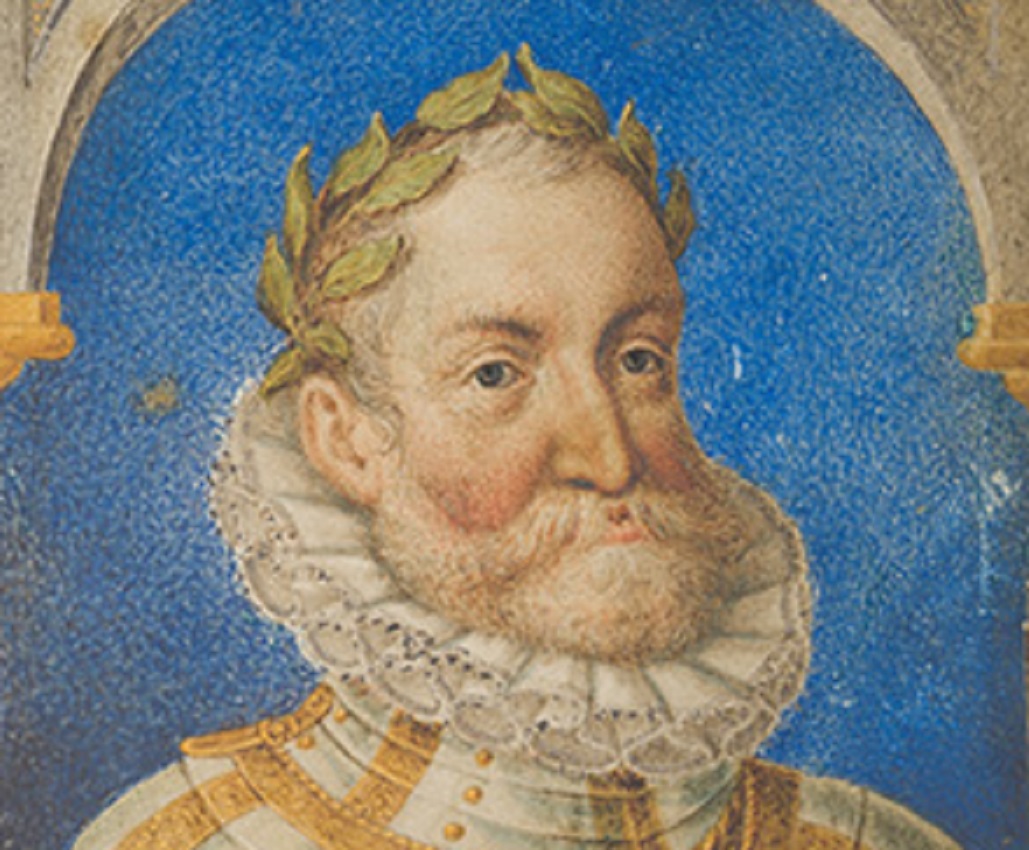 Daniel Fröschl, Wikimedia Commons
Daniel Fröschl, Wikimedia Commons
48. His Son Was Dangerously Obsessive
Once she recovered, Markéta tried to hide from Don Julius, but he located her once again at her parents’ house. Much like his father’s obsession with the occult and obscure, Don Julius couldn’t get over his obsession with Markéta. After threatening and harassing her family, Markéta returned to Český Krumlov Castle with Don Julius.
She would not escape in one piece—and neither would Rudolf II’s popularity.
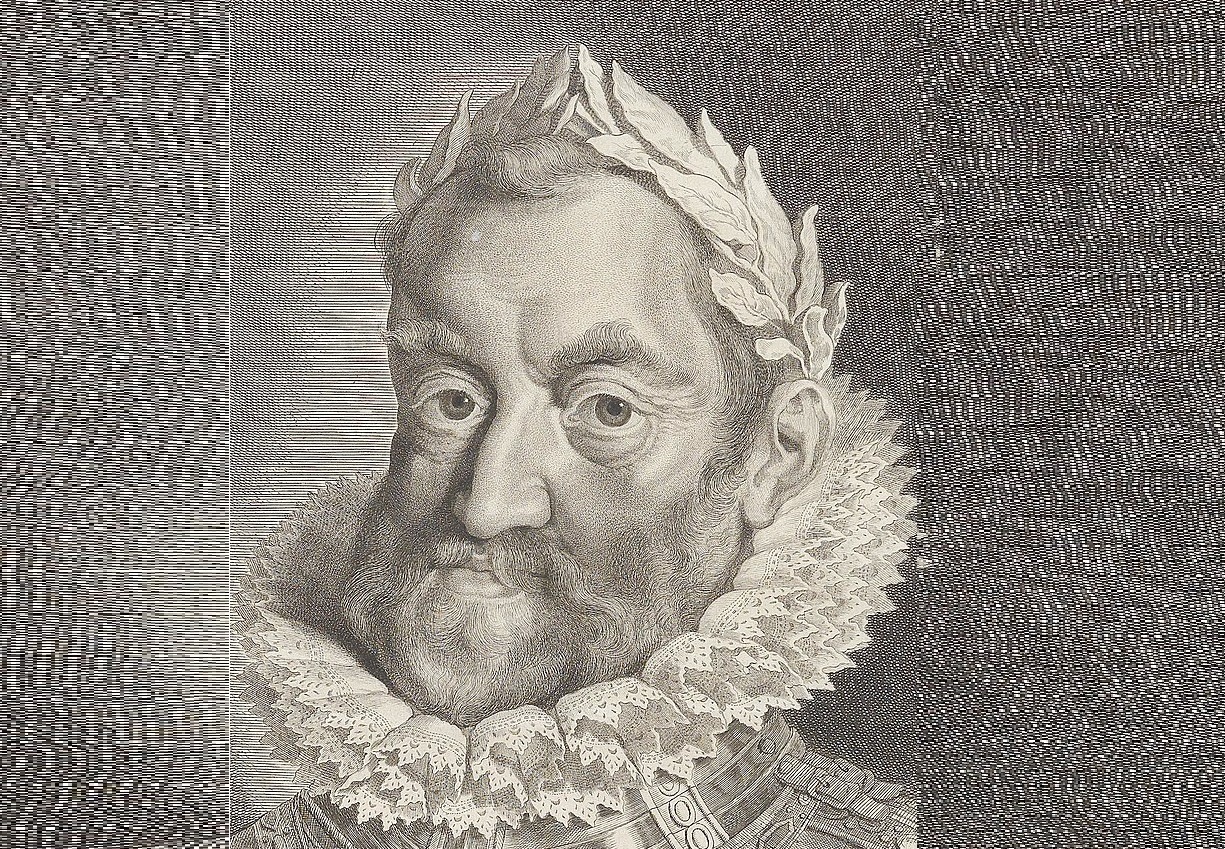 Pieter Van Sompe, Wikimedia Commons
Pieter Van Sompe, Wikimedia Commons
49. His Son Came Out “A Head”
On the same day that Markéta returned to Český Krumlov Castle, Don Julius flew into another fit of schizophrenic mania. As a local historian put it, “that awful tyrant and devil, [bastard] of the Emperor, did an incredibly terrible thing”.
That’s putting it mildly. Don Julius butchered Markéta and dismembered her body, even cutting off her head.
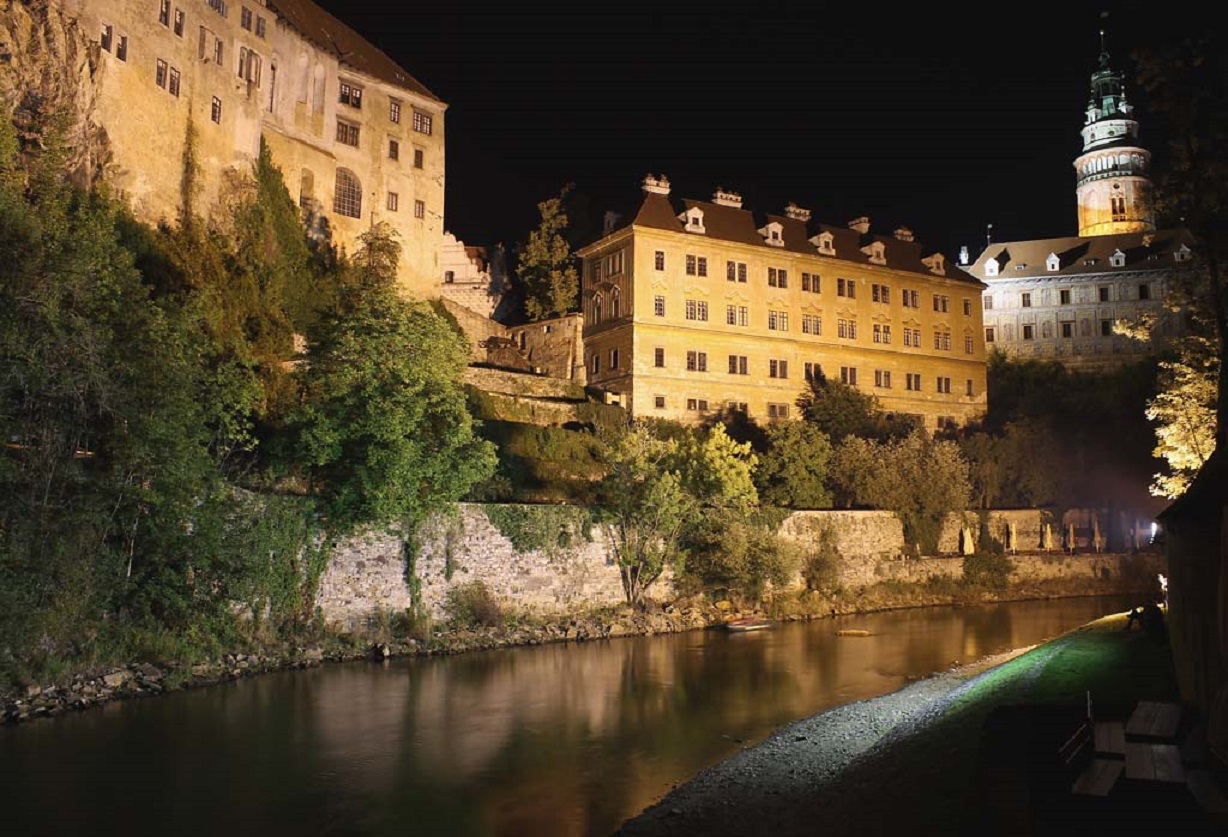 Ing.Jan Mann,CSc., CC BY-SA 4.0, Wikimedia Commons
Ing.Jan Mann,CSc., CC BY-SA 4.0, Wikimedia Commons
50. His Son Shared His Eventual Fate
When news broke about what Don Julius had done, Rudolf II had no choice. He had to disavow his son’s actions. In a desperate attempt to avoid further scandal, he had his son locked away. In an eerie omen of his own fate, Rudolf II’s son passed away behind bars, living in his own filth and squalor after refusing to bathe.
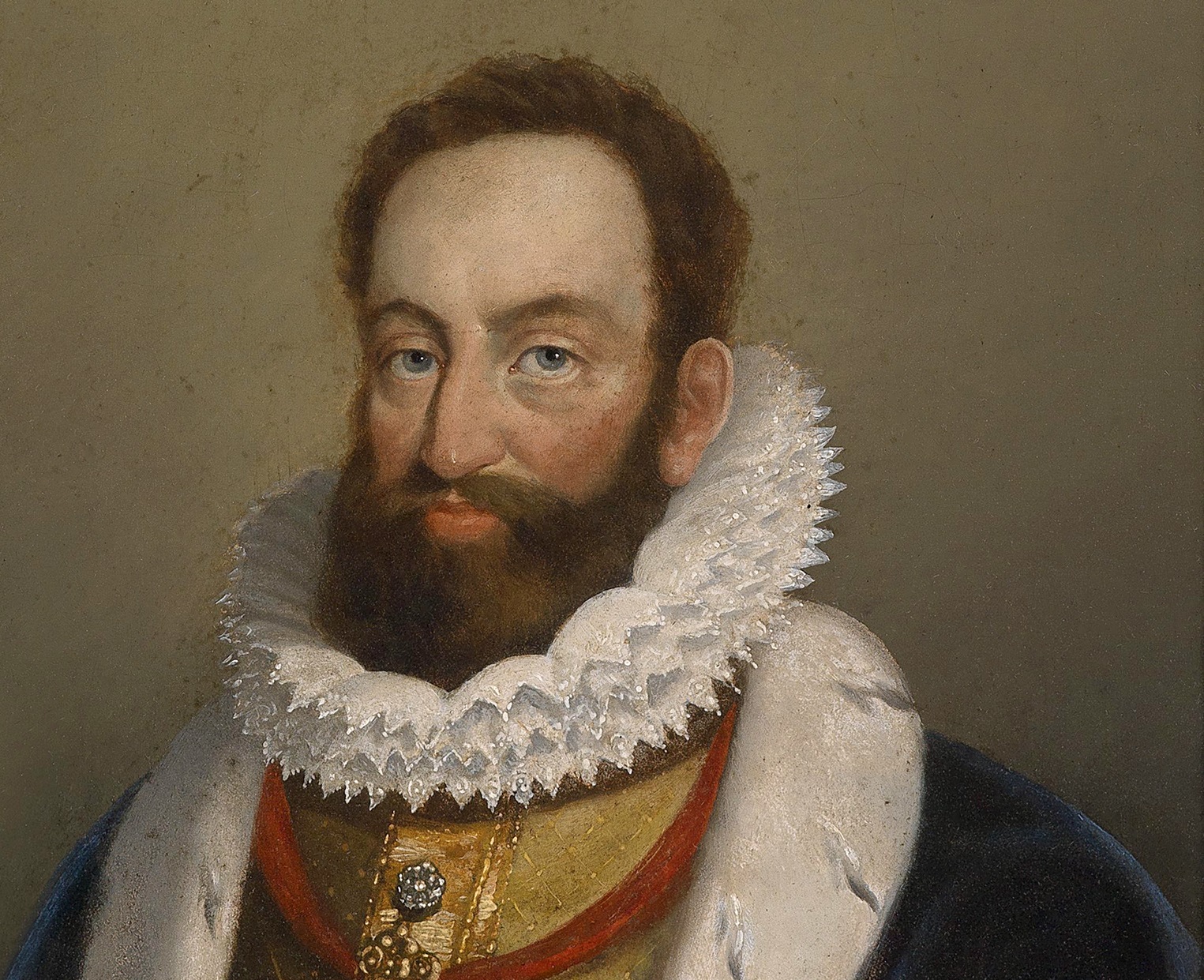 Unknown Artist, Wikimedia Commons
Unknown Artist, Wikimedia Commons
You May Also Like:
Every English crown came with a scandal, and some nearly cost the kingdom itself.
Reza Khan Was The Shah Of Iran—Until His Brutal Downfall
Liane de Pougy’s life was so wild—it doesn’t even sound real.

